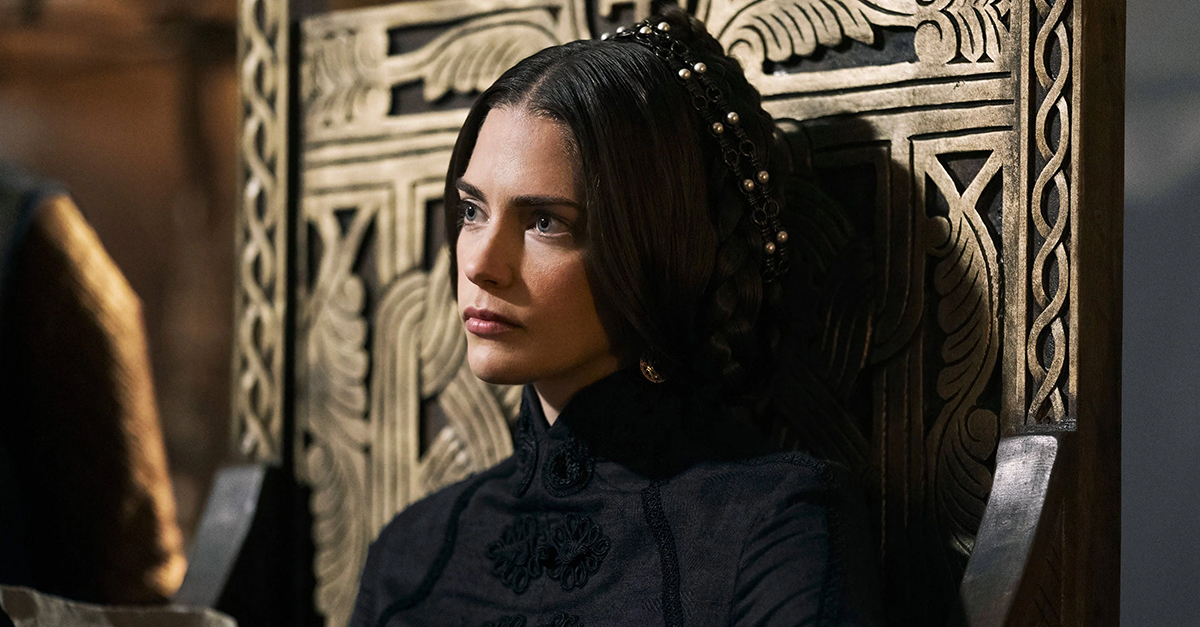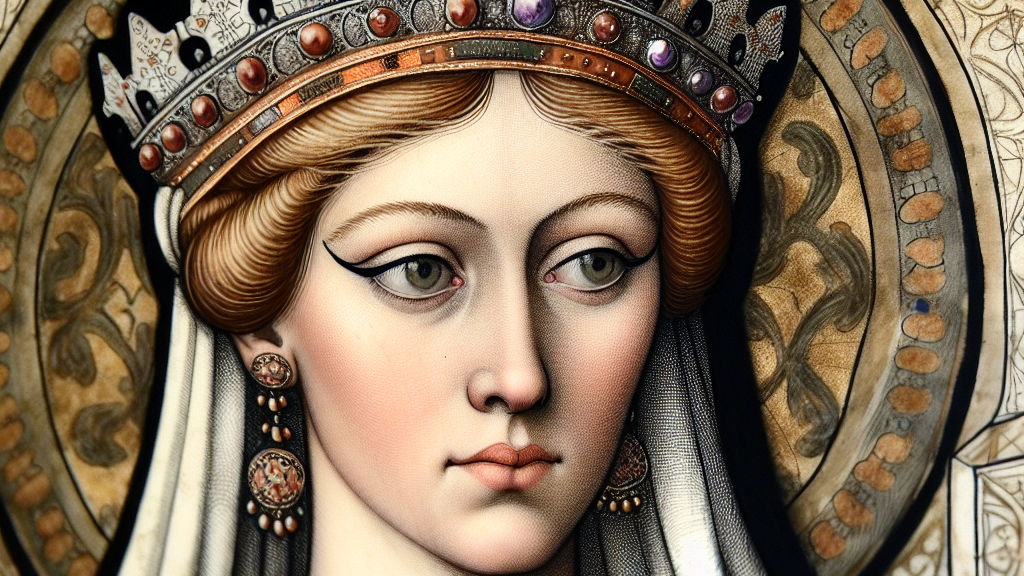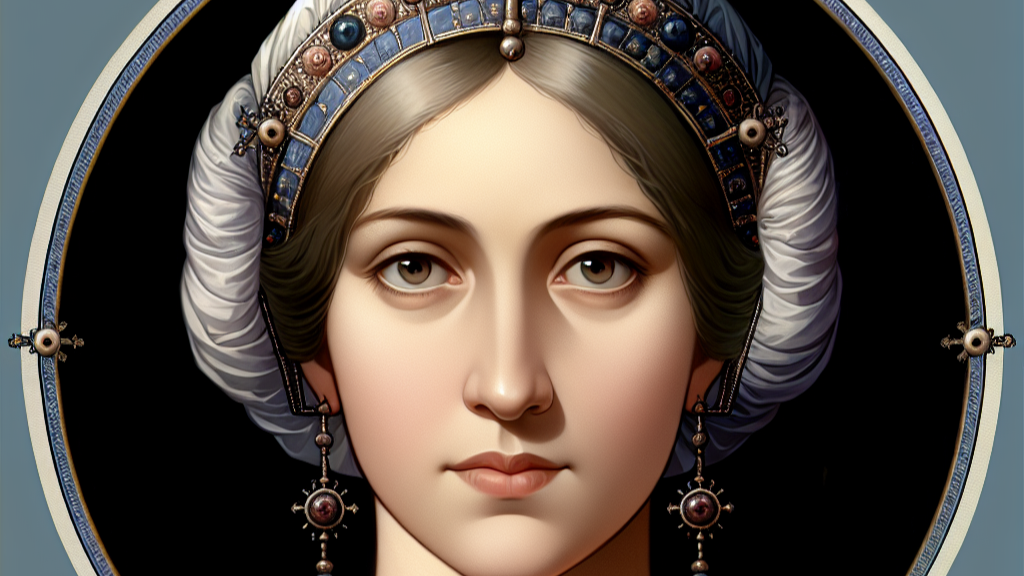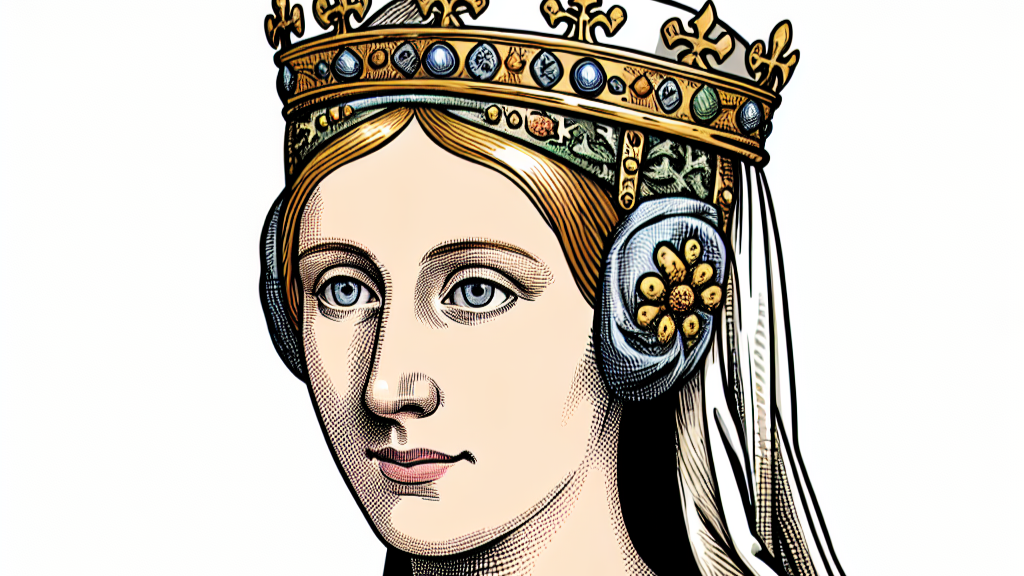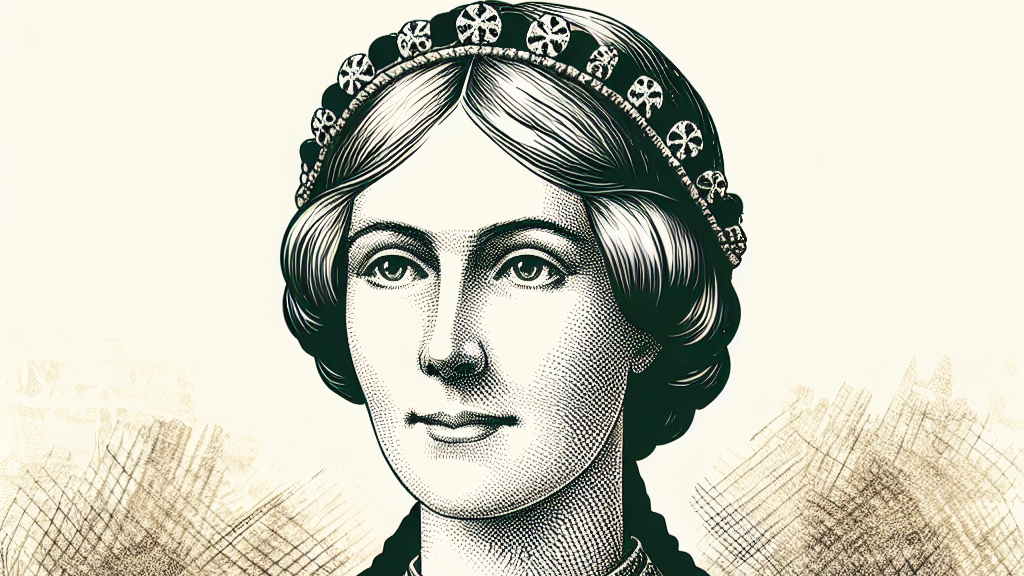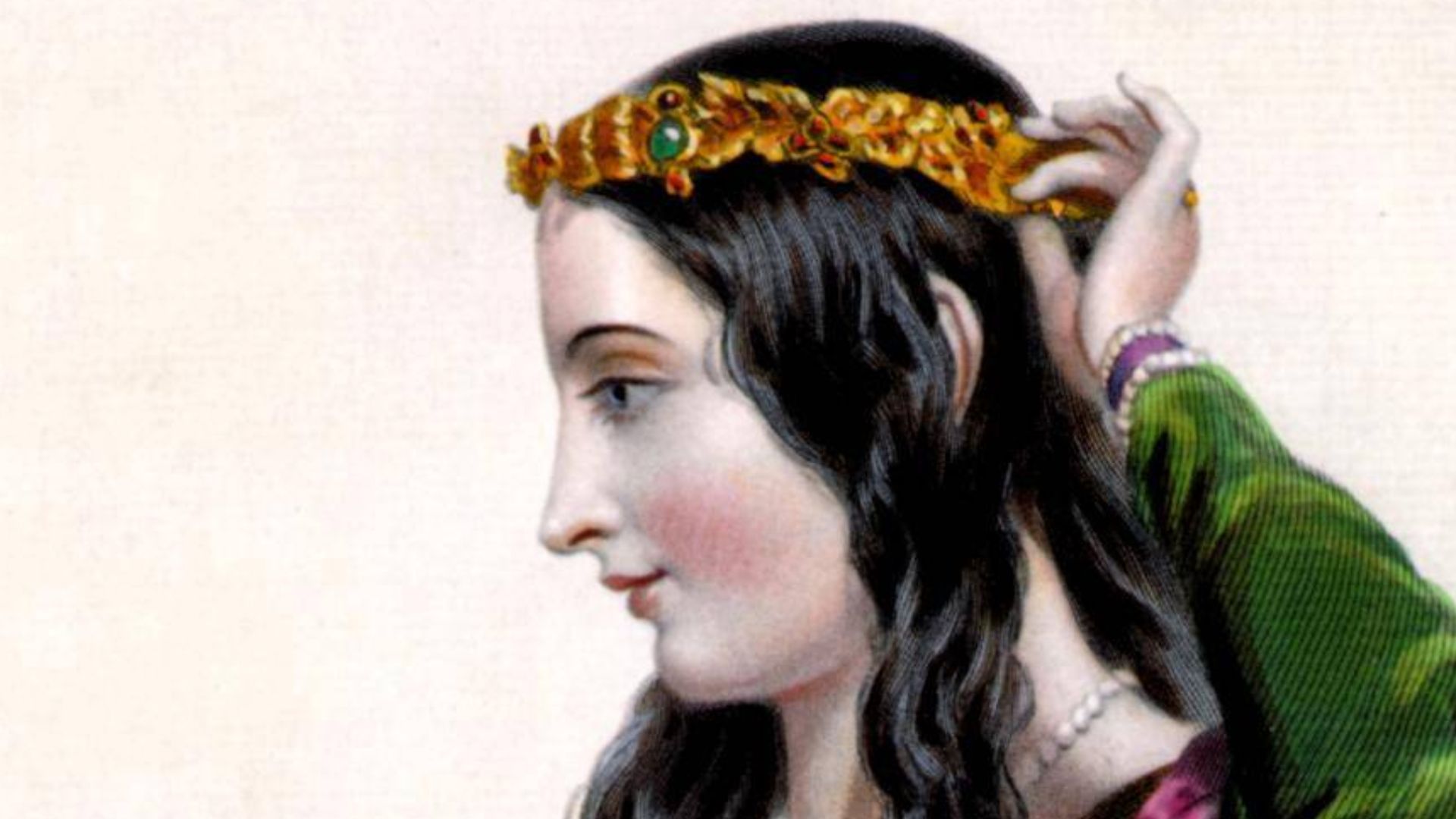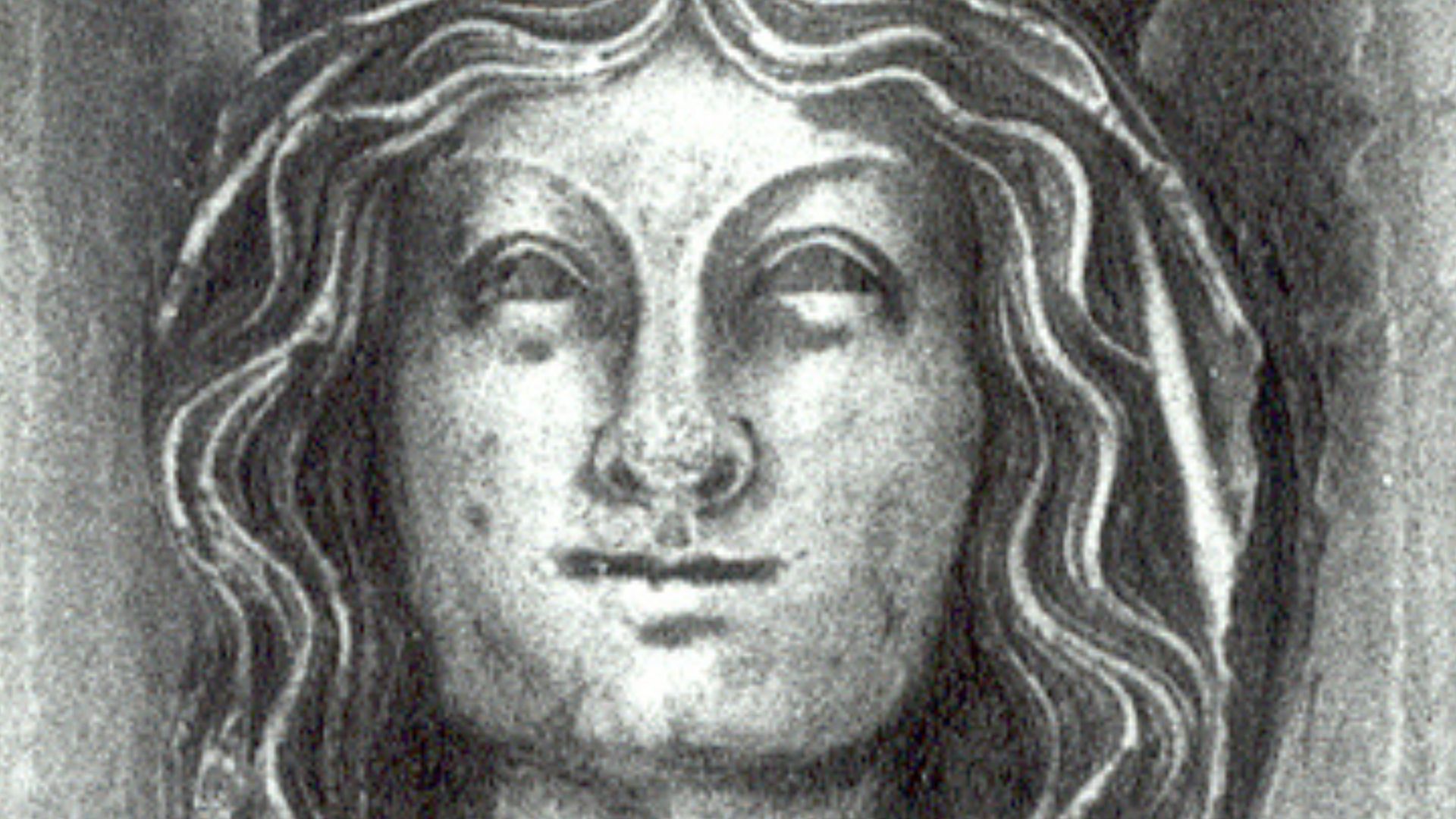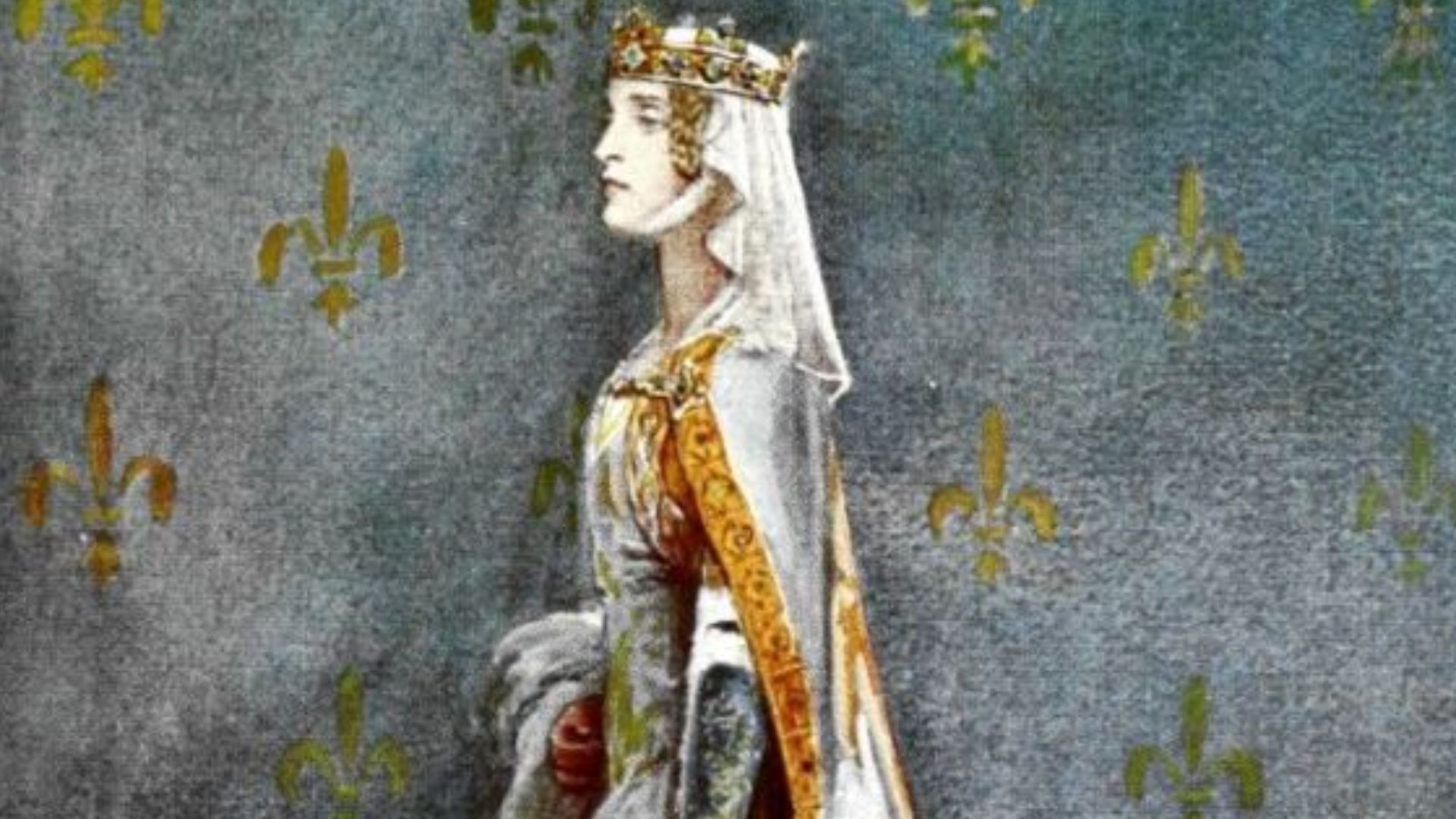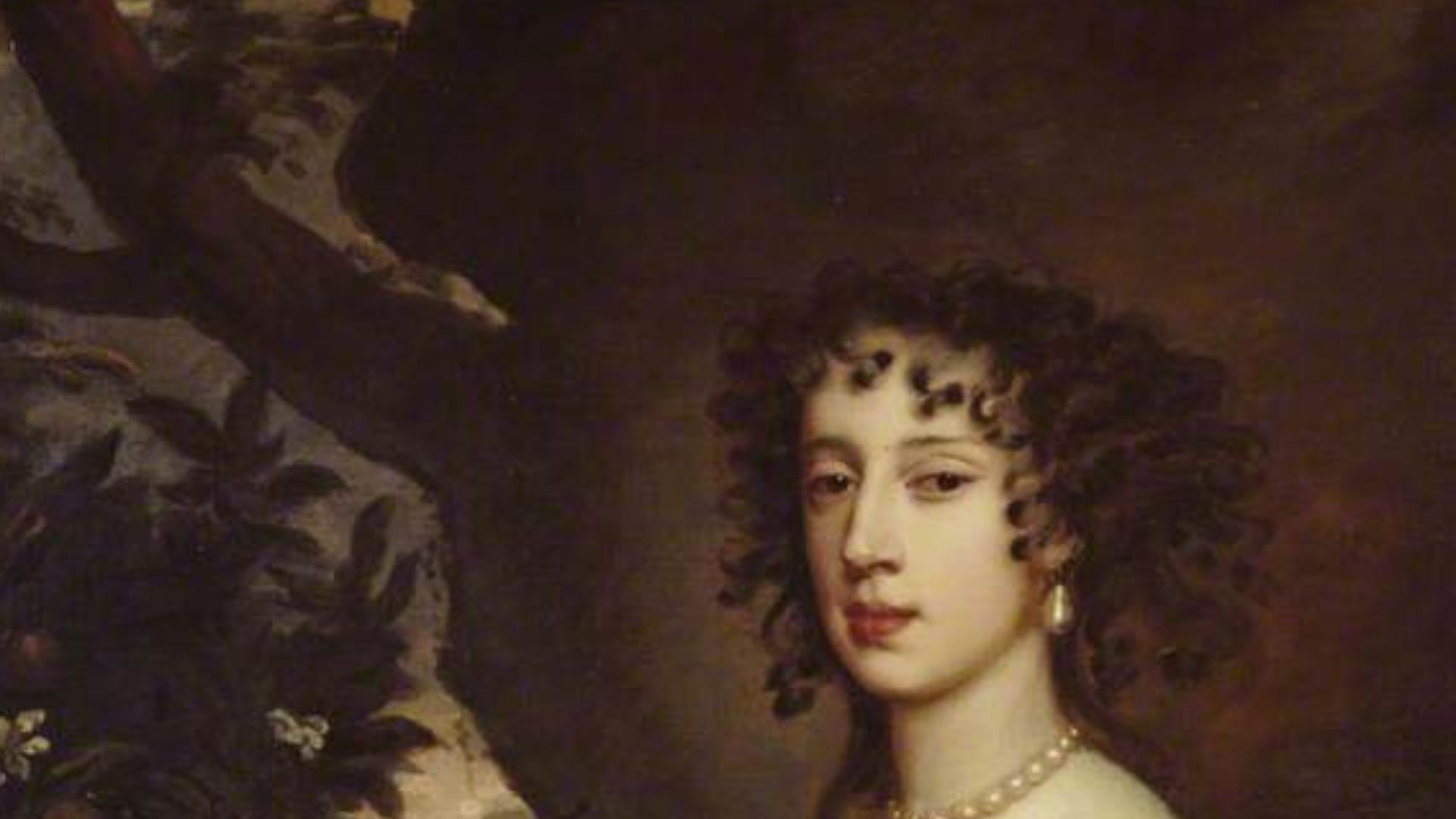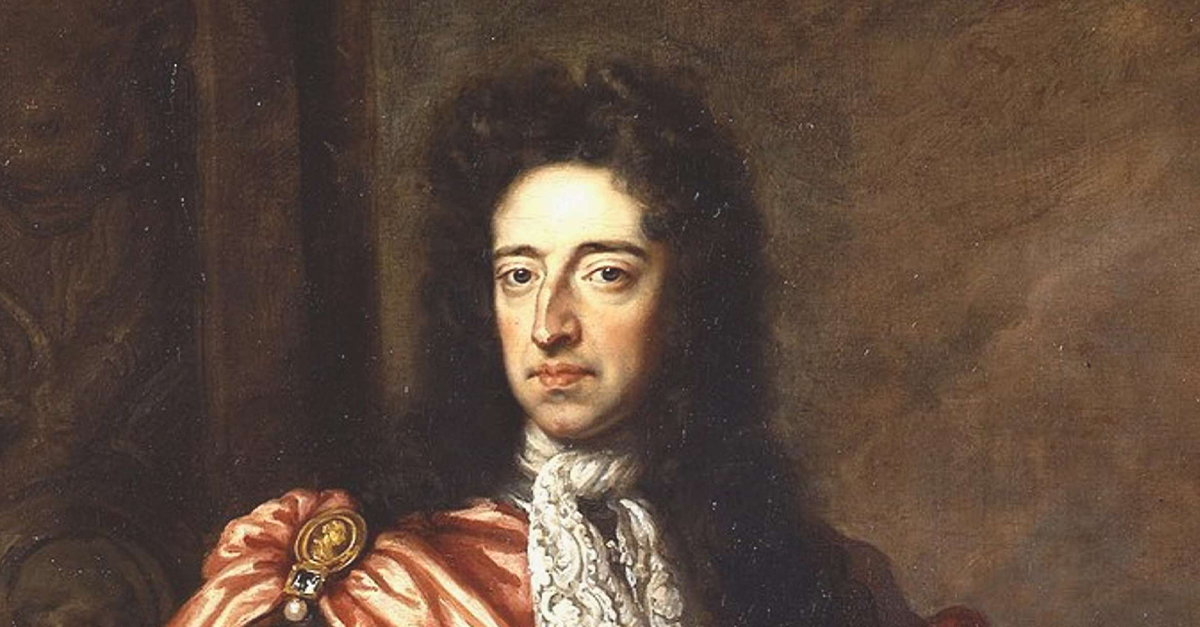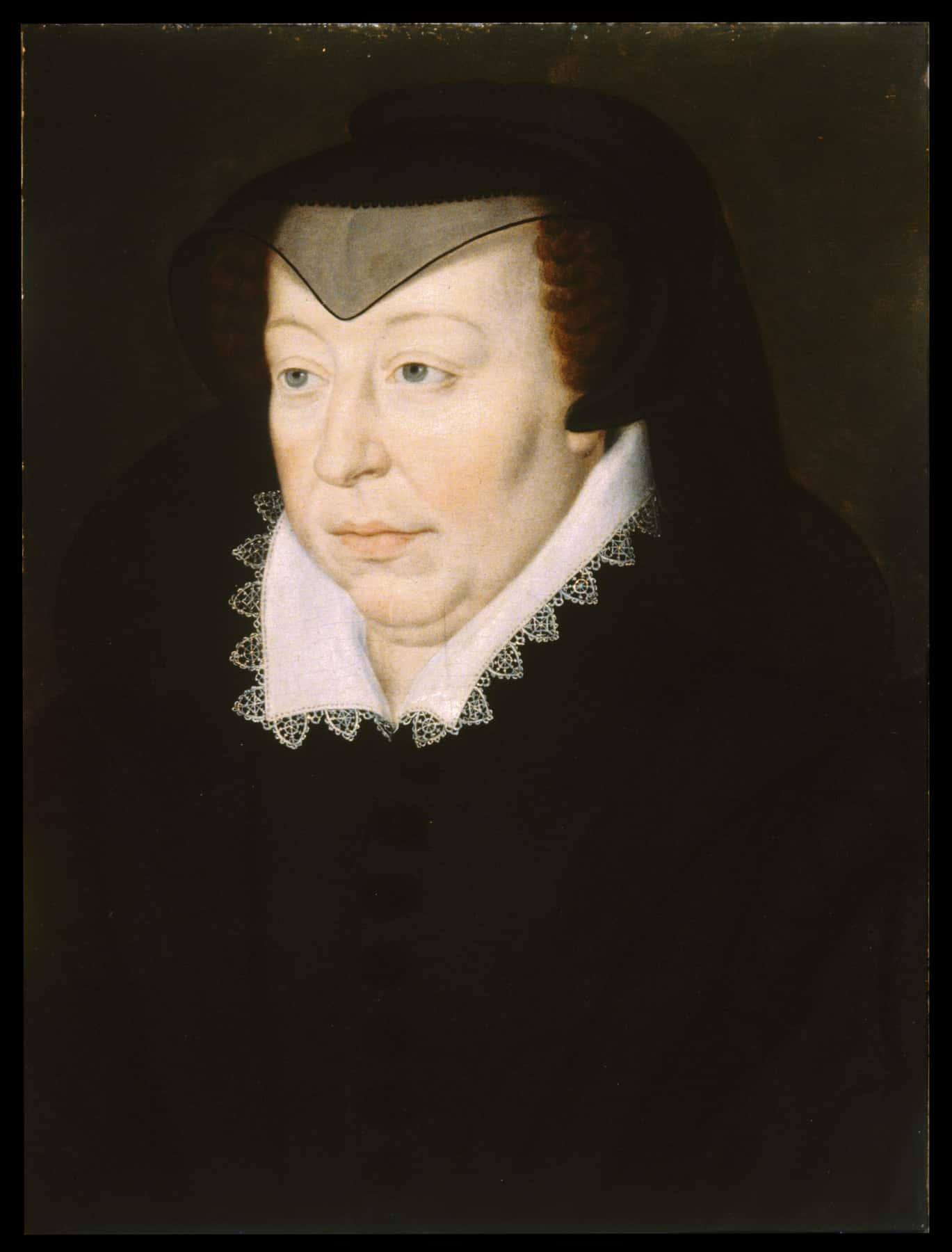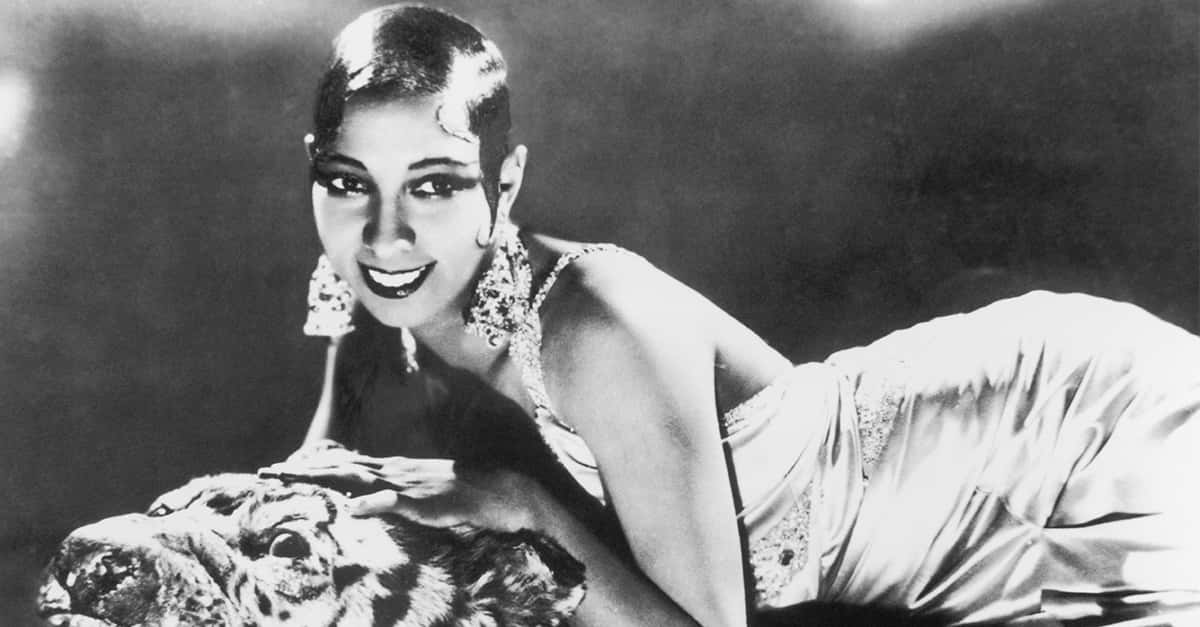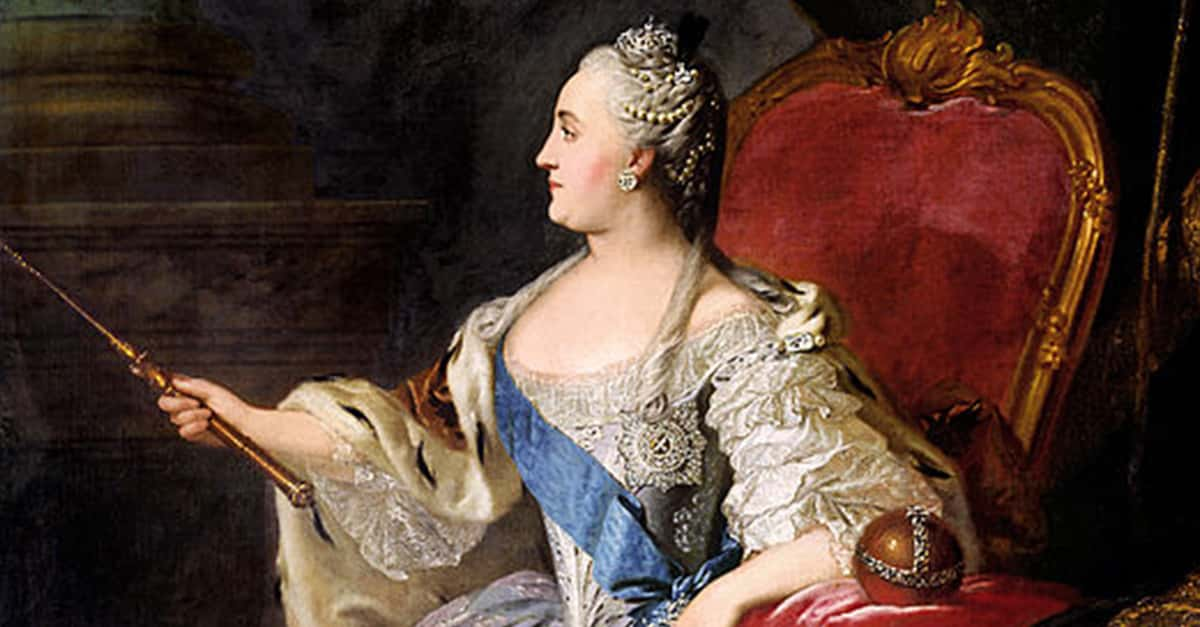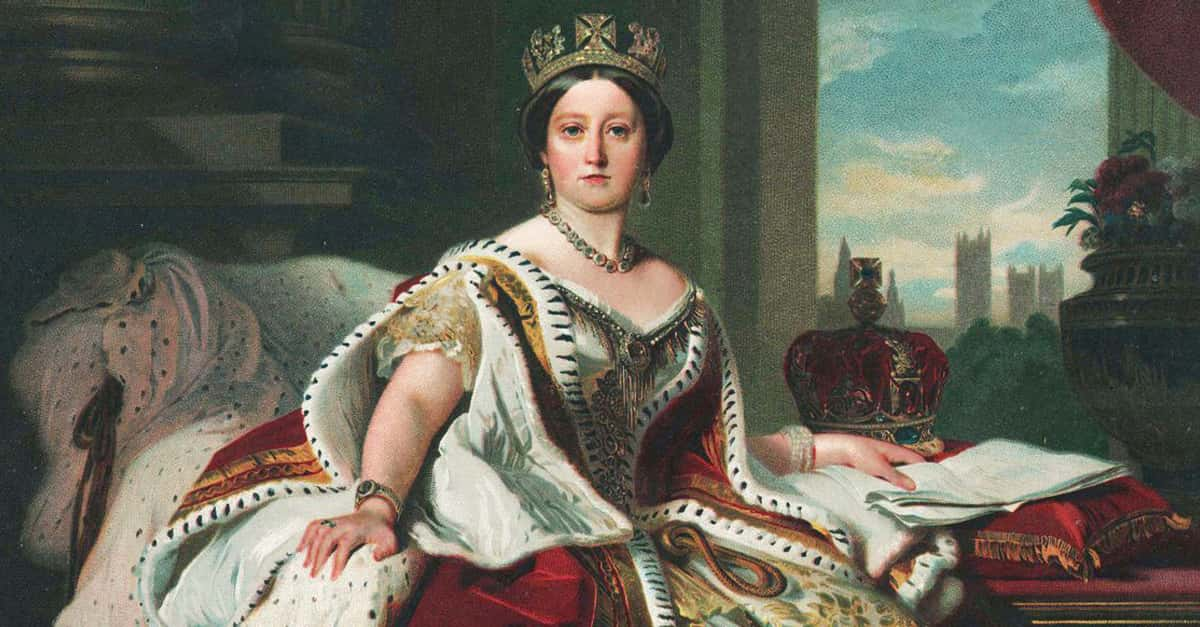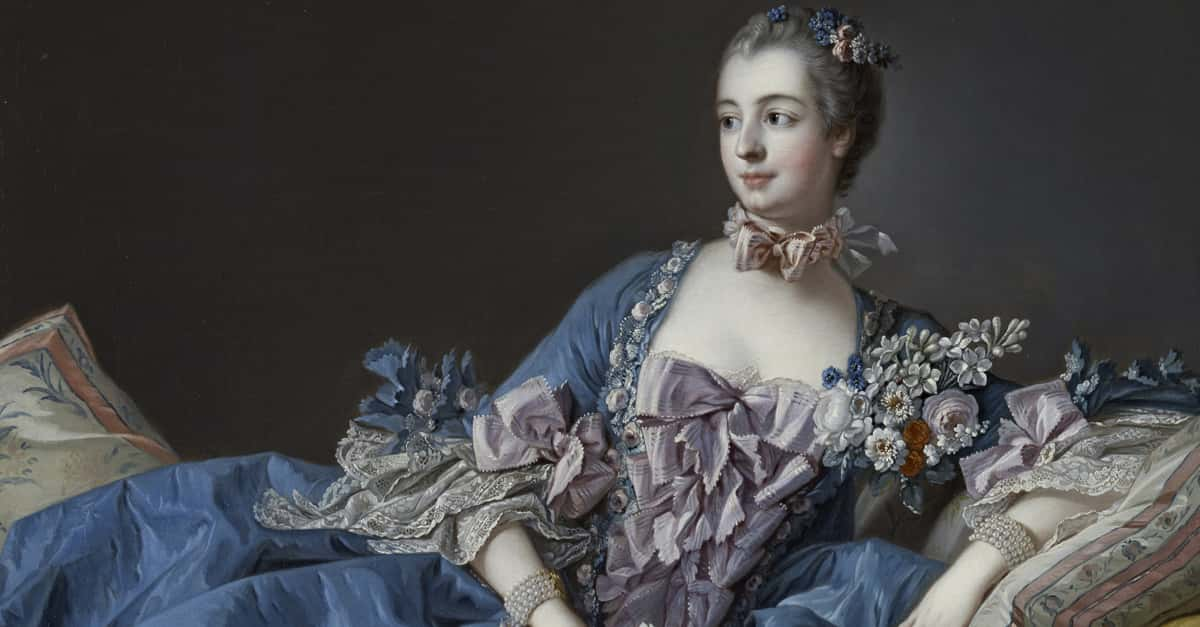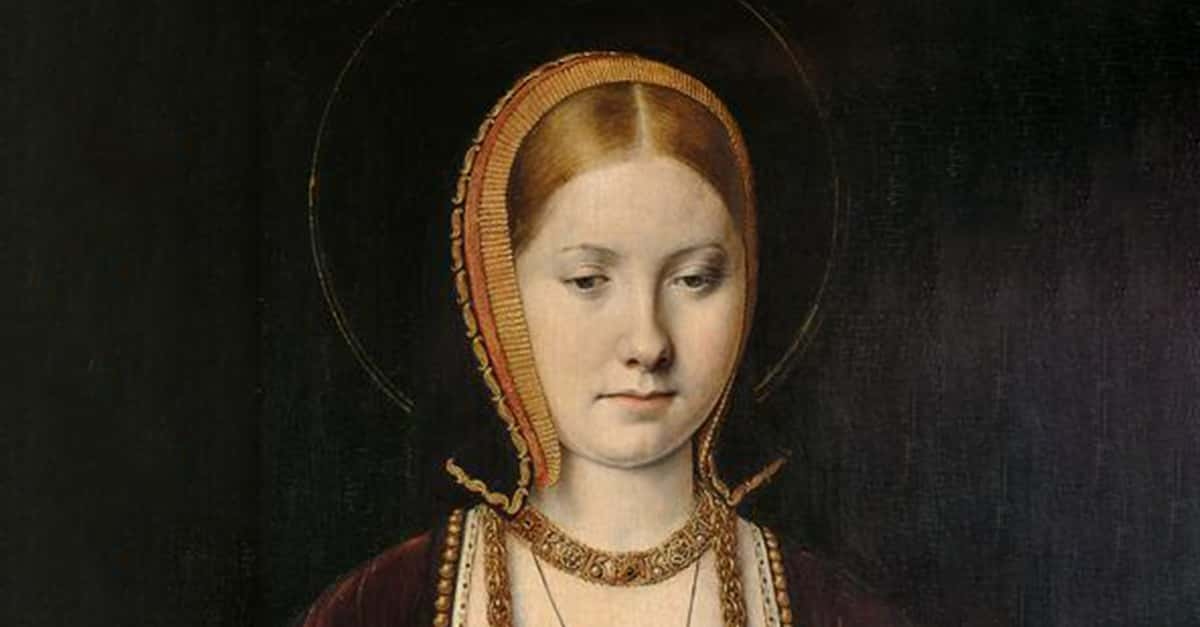The Queens And Kings Of England
It’s easy to overlook most of the historical Queens of England. In general, it’s the Kings that history pays attention to, whether deserved or not, leaving the Queens’ stories seldom told. Here we correct that absence and present some of the coolest Queens of England.

What Is A Consort?
Most of the Queens are known as “consort” to the King. While they can still use the title “Queen”, it is a position that came through marriage, rather than blood. We won’t go into the complex family trees of European royalty, so suffice to say these ladies married into the family.
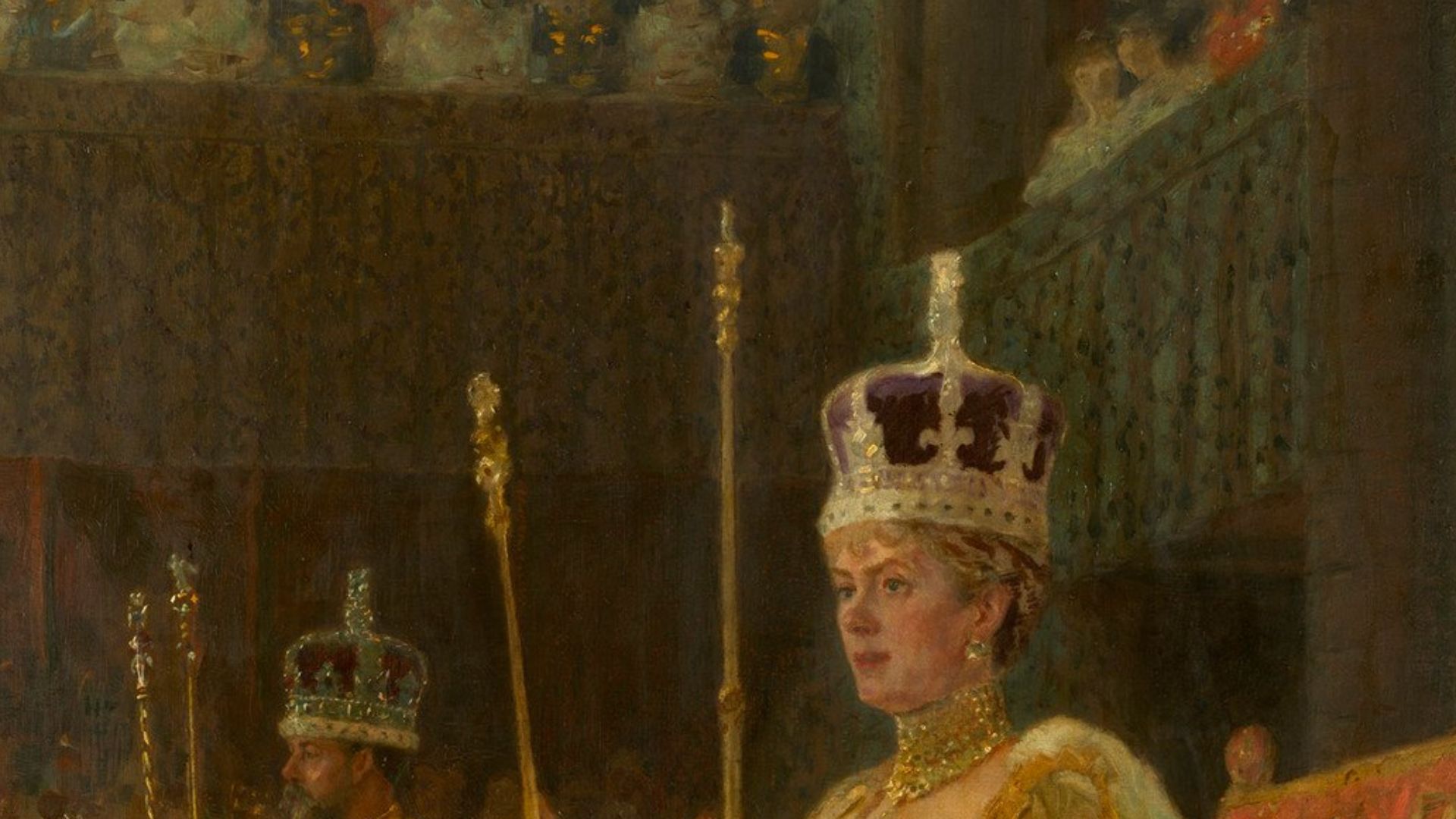 Laurits Tuxen, Wikimedia Commons
Laurits Tuxen, Wikimedia Commons
You Were Born When?
You’ll notice in front of some of the dates below the letters “fl c”. This means that the precise date of birth of the person is unknown, so the date given is when records indicate they were active. Fl c stands for the Latin words floruit and circa, or “flourished around”.
 Charles Jervas, Wikimedia Commons
Charles Jervas, Wikimedia Commons
Æthelflæd Of Damerham
Born: Unknown
Reigned: c 944 – May 26, 946 CE
Married to: Edmund I of England
RIP: c 975 – 990 CE
Æthelflæd Of Damerham: A Supporter Of The Church
Æthelflæd was the second wife of Edmund I of England. The marriage lasted until his death in 944 CE, and the couple did not have any children. Æthelflæd used the wealth she inherited to support Ely and Canterbury cathedrals, and Glastonbury and Bury abbeys.
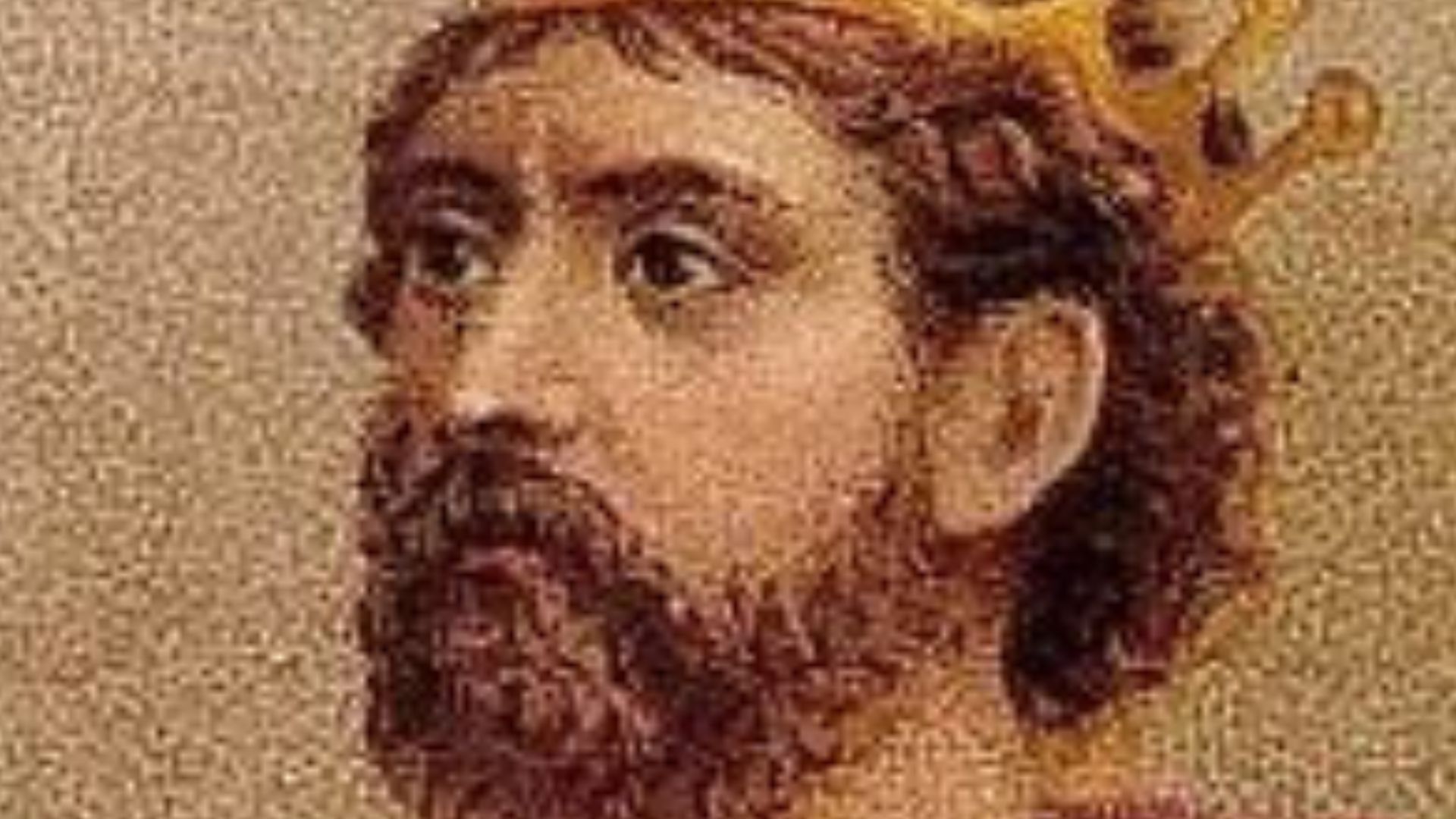 brak danych, Wikimedia Commons
brak danych, Wikimedia Commons
Ælgifu Of York
Born: fl c 970 CE
Reigned: 980s – 1002 CE
Married to: Æthelred the Unready, King of the English
RIP: c 1002 CE
Ælgifu Of York: Mother Of Many
In marrying Æthelred the Unready, Ælgifu may win the award for husband with the funniest royal name. She is also up there with the number of children she had, possibly as many as 11. It’s hard to tell because at the time of her reign, records of female births were not well kept.
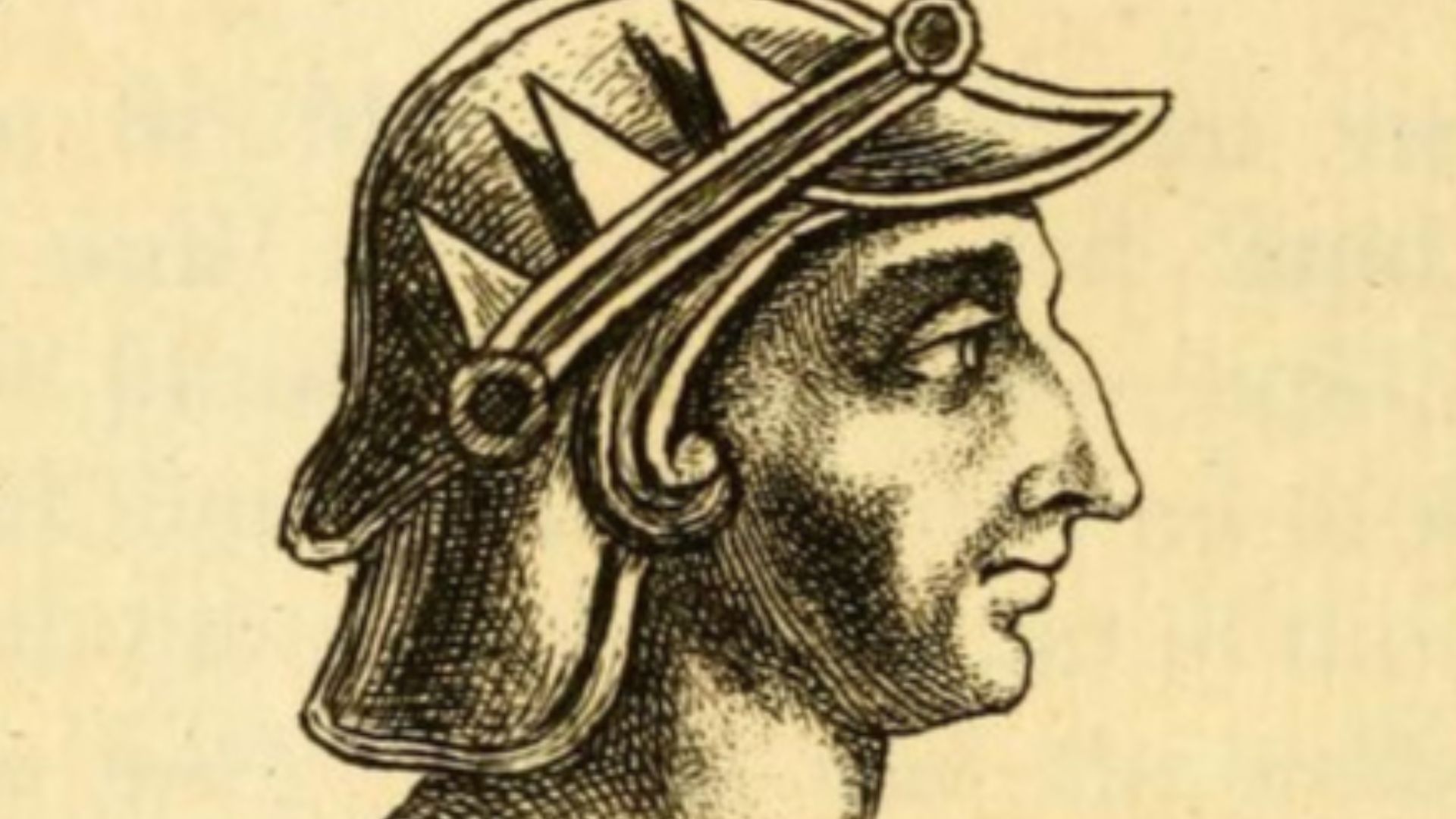 William Gostling (1696-1777), Wikimedia Commons
William Gostling (1696-1777), Wikimedia Commons
Emma Of Normandy
Born: c 984 CE
Reigned: 1002 - Summer 1003 CE ; Feb 3, 1014 – Apr 23, 1016 CE; July 1017 – November 12, 1035 CE
Married to: Æthelred the Unready; Cnut the Great
RIP: March 6, 1052 CE
 AnonymousUnknown author, Wikimedia Commons
AnonymousUnknown author, Wikimedia Commons
Emma Of Normandy: Behind The Throne
Emma of Normandy was Queen of England twice with two different husbands. Not only that, but after her second husband’s death, some scholars think she was instrumental in having her sons placed on the throne in order to retain some power. She is also the most visually represented of all the early medieval queens.

History's most fascinating stories and darkest secrets, delivered to your inbox daily.
Edith Of Mercia
Born: Unknown
Reigned: January 1066 – October 14,1066 CE
Married to: Gruffudd ap Llywelyn; Harold Godwinson
RIP: Unknown
Edith Of Mercia: Known For Her Beauty
Most historical records of Edith describe her as a very beautiful woman. What’s a bit more impressive is that she co-ruled England twice, with two different kings, who were one another’s enemies!
Matilda Of Flanders
Born: c 1031 CE
Reigned: December 25, 1066 – November 2, 1083 CE
Married to: William I of England
RIP: November 2, 1083 CE
 File Upload Bot (Magnus Manske), Wikimedia Commons
File Upload Bot (Magnus Manske), Wikimedia Commons
Matilda Of Flanders: A Ruler In Her Own Right
When her husband, William the Conqueror, left to take over England, Matilda was left holding the reins of Normandy. During his absences from the English throne, she was the voice of the monarchy. Changes during her rule fundamentally altered the authority of a Queen, giving her more power and authority.
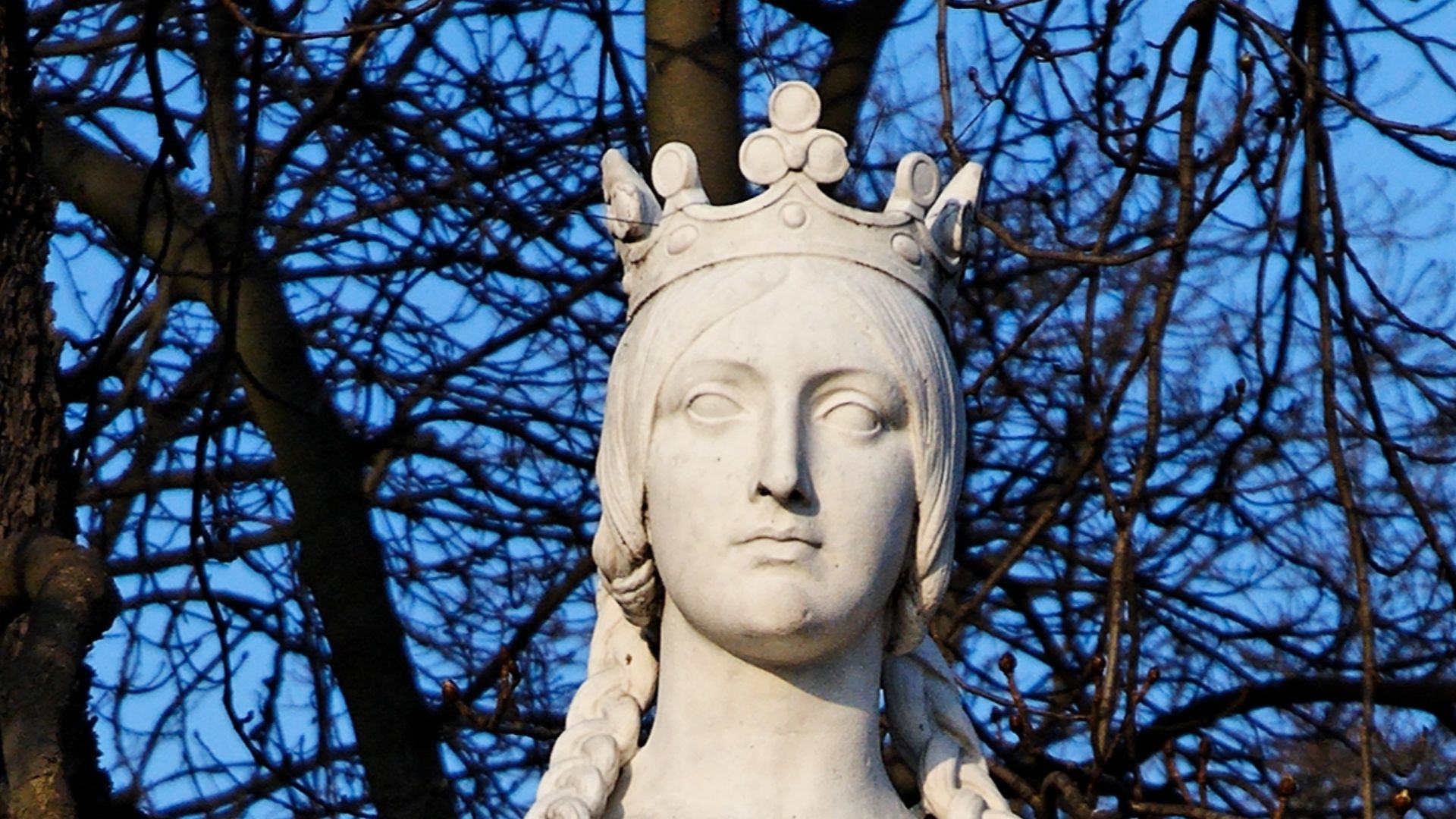 User:Jastrow, Wikimedia Commons
User:Jastrow, Wikimedia Commons
Matilda Of Scotland
Born: 1080 CE
Reigned: November 11, 1100 – May 1, 1118 CE
Married to: Henry I of England
RIP: May 1, 1118 CE
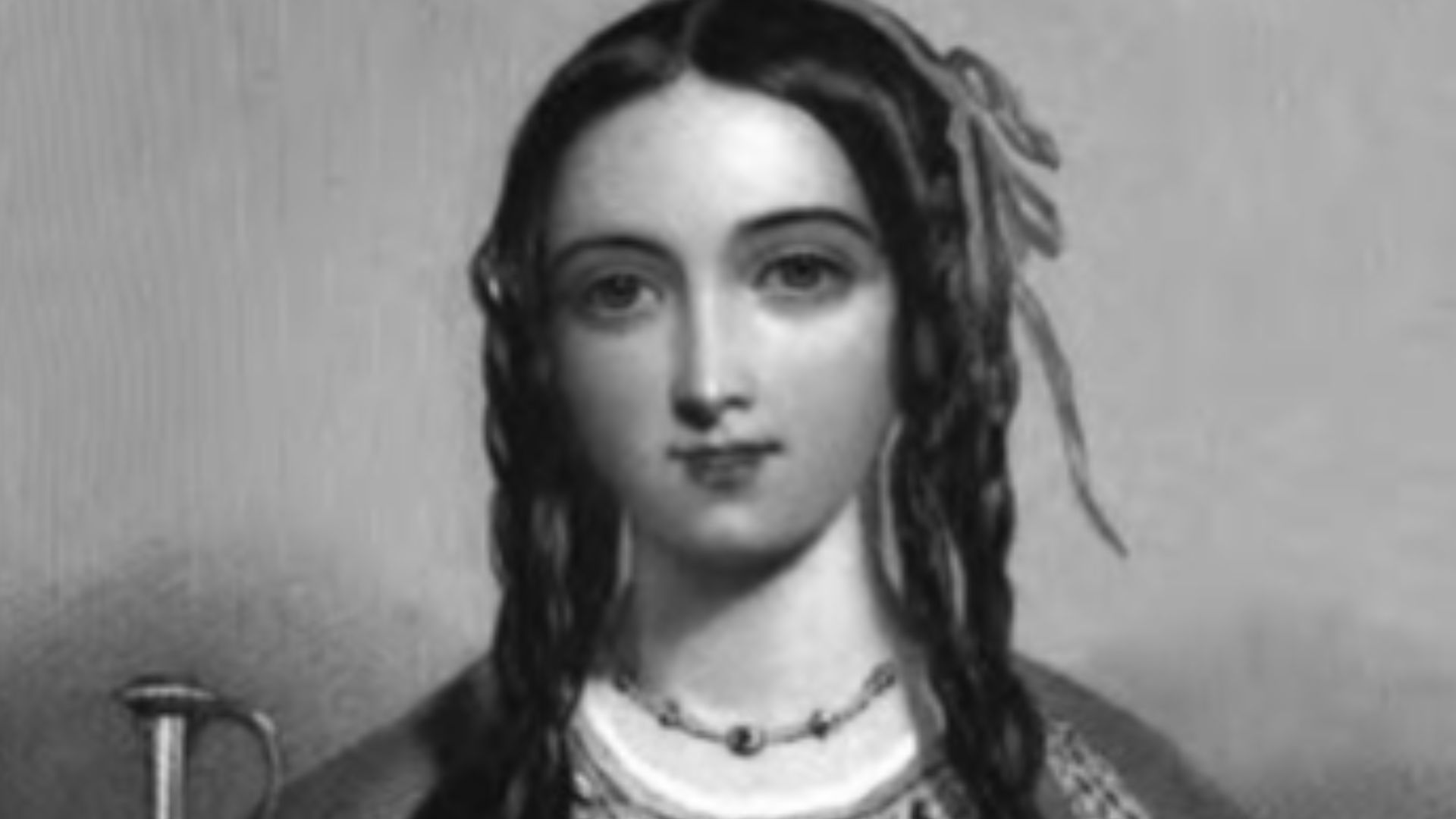 engraved by W. H. Mote (1803-1871) after an illustration by J.W. Wright, Wikimedia Commons
engraved by W. H. Mote (1803-1871) after an illustration by J.W. Wright, Wikimedia Commons
Matilda Of Scotland: AKA Good Queen Maud
This Queen had a deep love of architecture and provided funds for the building of some incredible abbeys and churches. But she was also devoted to serving the poor and founded at least two leper hospitals to assist sufferers of that disease.
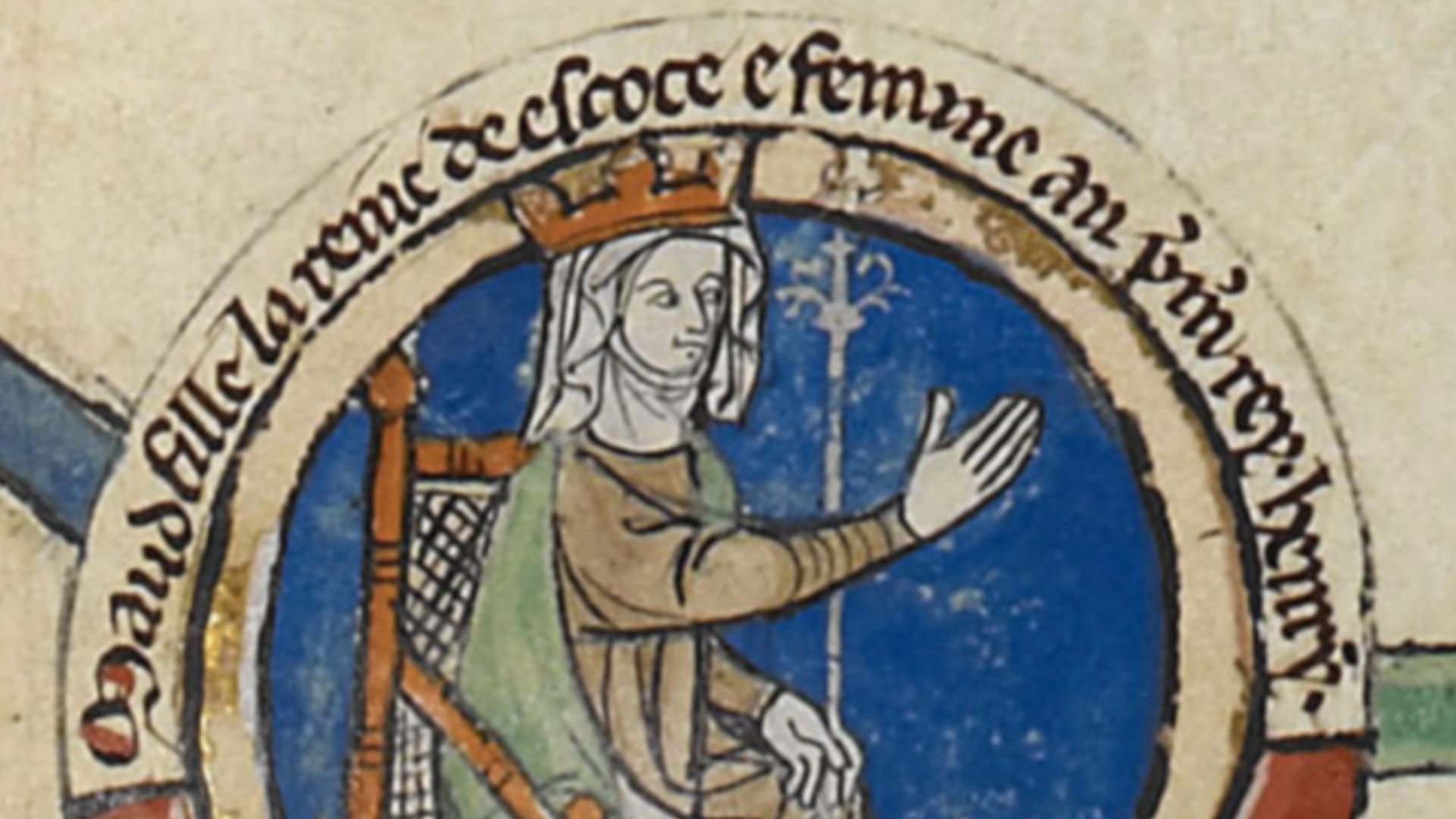 AnonymousUnknown author, Wikimedia Commons
AnonymousUnknown author, Wikimedia Commons
Adeliza Of Louvain
Born: c 1103 CE
Reigned: January 24, 1121 – December 1, 1135 CE
Married to: Henry I of England
RIP: March/April 1151 CE
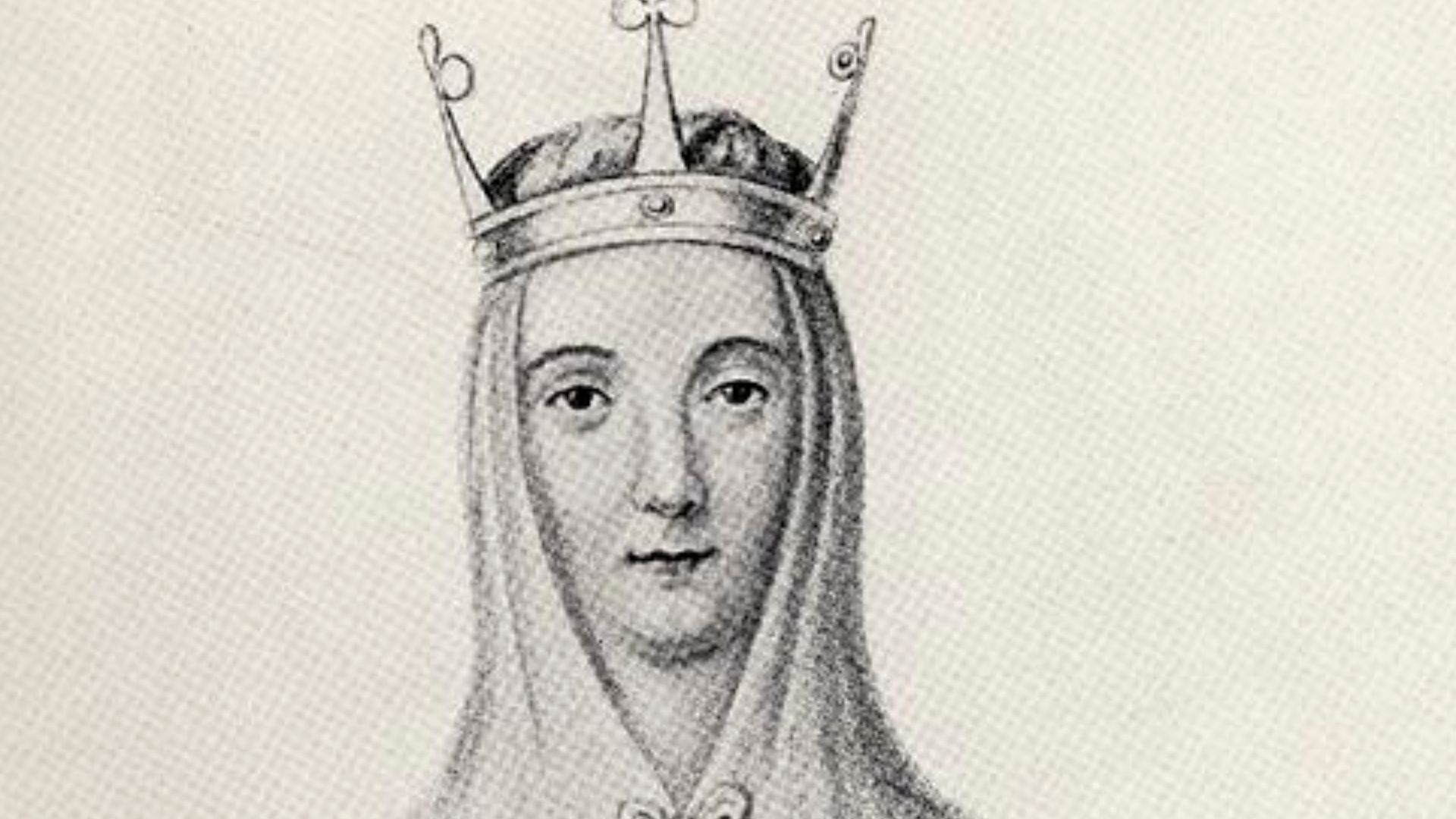 Unknown authorUnknown author, Wikimedia Commons
Unknown authorUnknown author, Wikimedia Commons
Adeliza Of Louvain: Queen Of Arts
The second wife of Henry I, Adeliza, was not nearly as involved in social and political issues as her predecessor. She was, however, a great supporter of the arts. During her reign, Adeliza championed French poetry and writing and helped popularize French writing with the public.
Berengaria Of Navarre
Born: c. 1165 – 1170 CE
Reigned: May 12, 1191 – April 6, 1199 CE
Married to: Richard I of England
RIP: December 23, 1230 CE
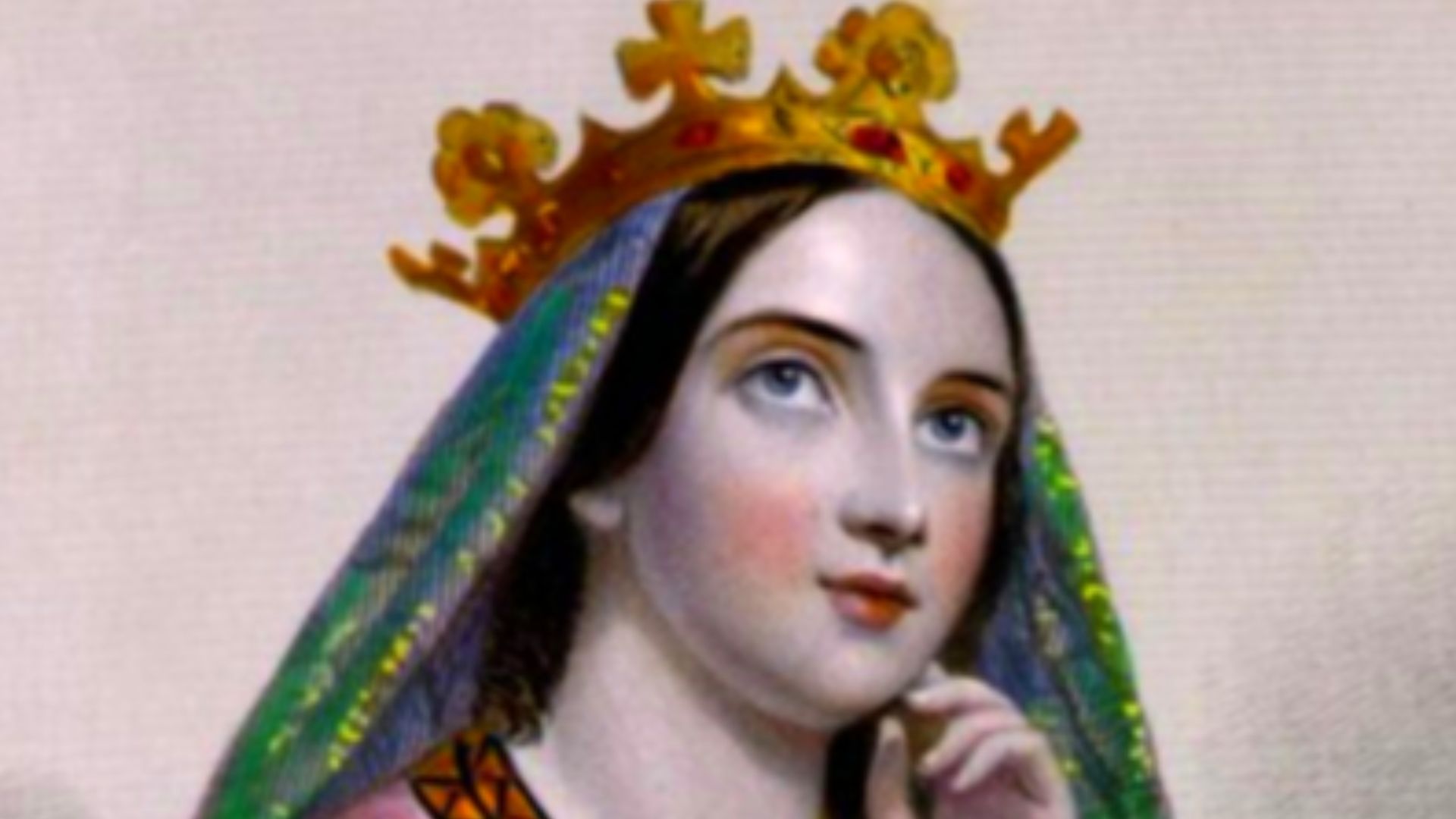 William Henry Mote, Wikimedia Commons
William Henry Mote, Wikimedia Commons
Berengaria Of Navarre: England? Never Been There!
Berengaria was married to Richard the Lionheart, a king famous for his crusades in the Middle East. Because of Richard’s constant absence, Berengaria spent most of the time she reigned living in France, though she did accompany Richard when he started the Third Crusade.
 Richard de Montbaston, Wikimedia Commons
Richard de Montbaston, Wikimedia Commons
Eleanor Of Provence
Born: c 1223 CE
Reigned: January 14, 1236 – November 16, 1272 CE
Married to: Henry III of England
RIP: June 24-25, 1291 CE
Eleanor Of Provence: Quite The Age Gap
When Eleanor married Henry III, the king was 28 years old. Eleanor, on the other hand, was only 12 or 13 years old! Despite this age difference, and her youth, Eleanor took on many responsibilities in governing England, including becoming regent of the country when her husband was away quelling a rebellion.
Isabella Of France
Born: c 1295
Reigned: January 25, 1308 – January 25, 1327 CE
Married to: Edward II of England
RIP: August 22, 1358 CE
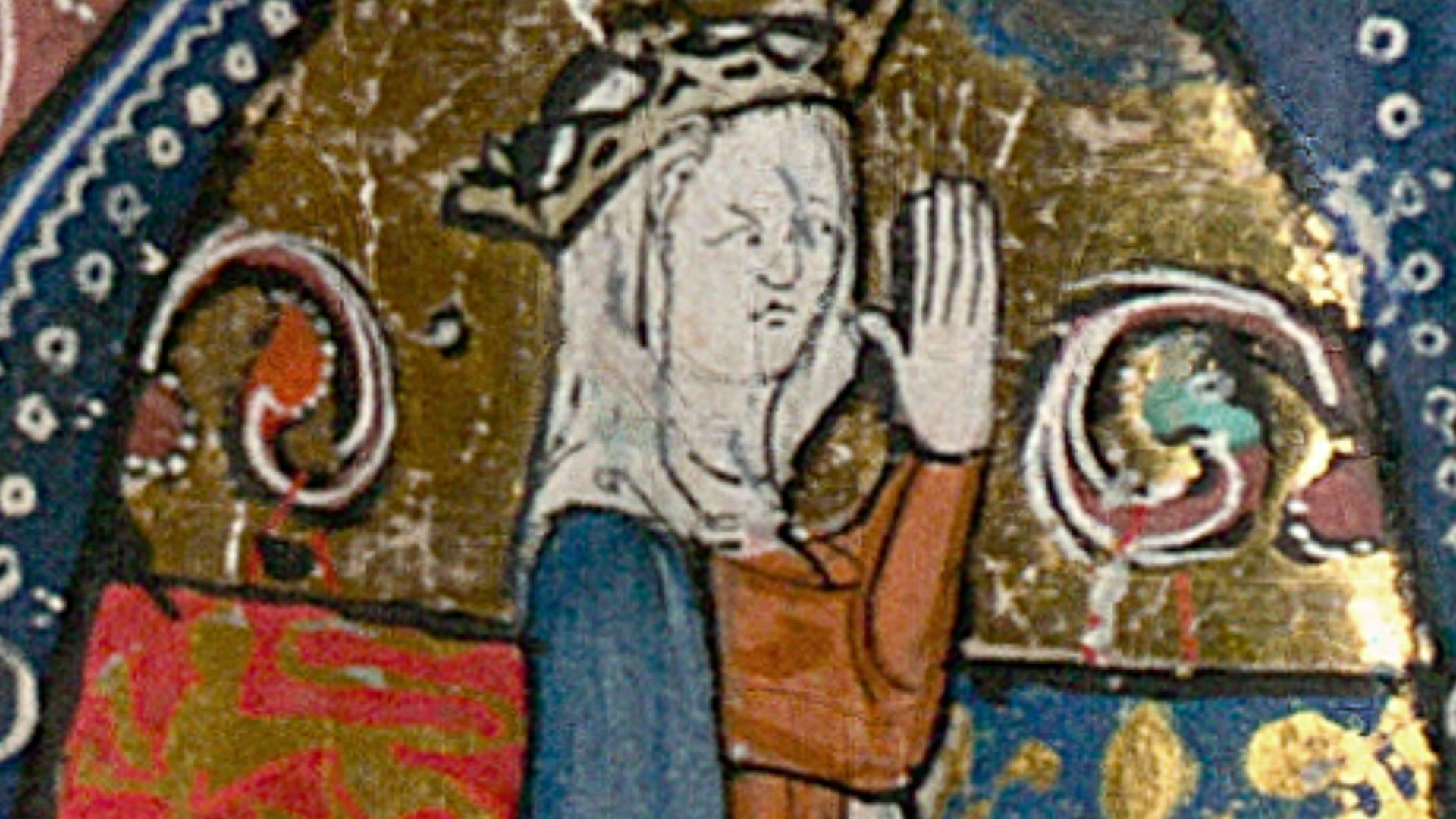 AnonymousUnknown author, Wikimedia Commons
AnonymousUnknown author, Wikimedia Commons
Isabella Of France: The Invader Queen
Another Queen who married very young, Isabella was only 12 when she married Edward II. Edward’s reign was tumultuous, and after falling out with her husband, Isabella organized an invasion of England with her French allies.
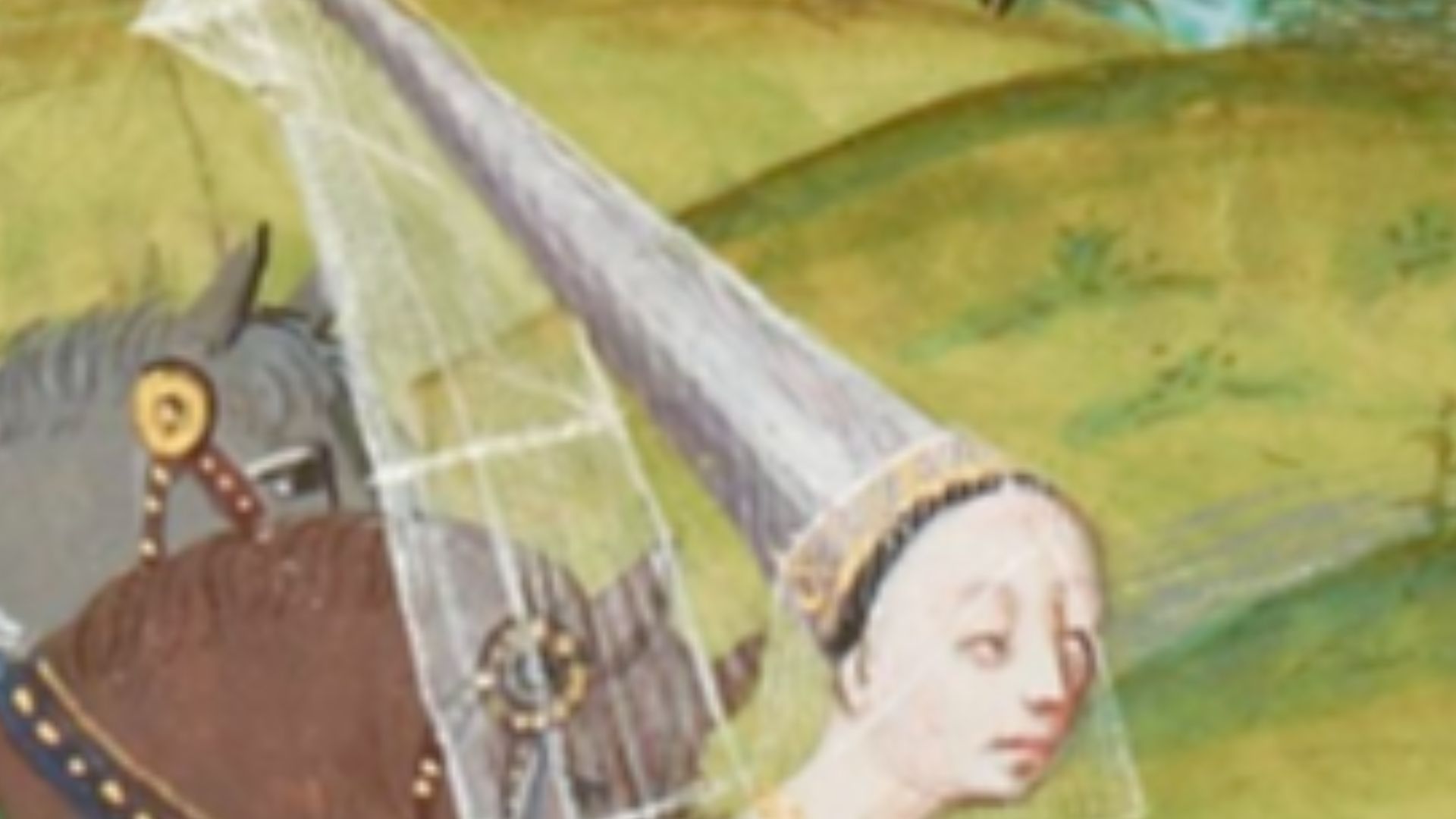 Jean Froissart, Wikimedia Commons
Jean Froissart, Wikimedia Commons
Philippa Of Hainault
Born: 1310 – 1315 CE
Reigned: January 24, 1328 – August 15, 1369 CE
Married to: Edward III, King of England
RIP: August 15, 1369 CE
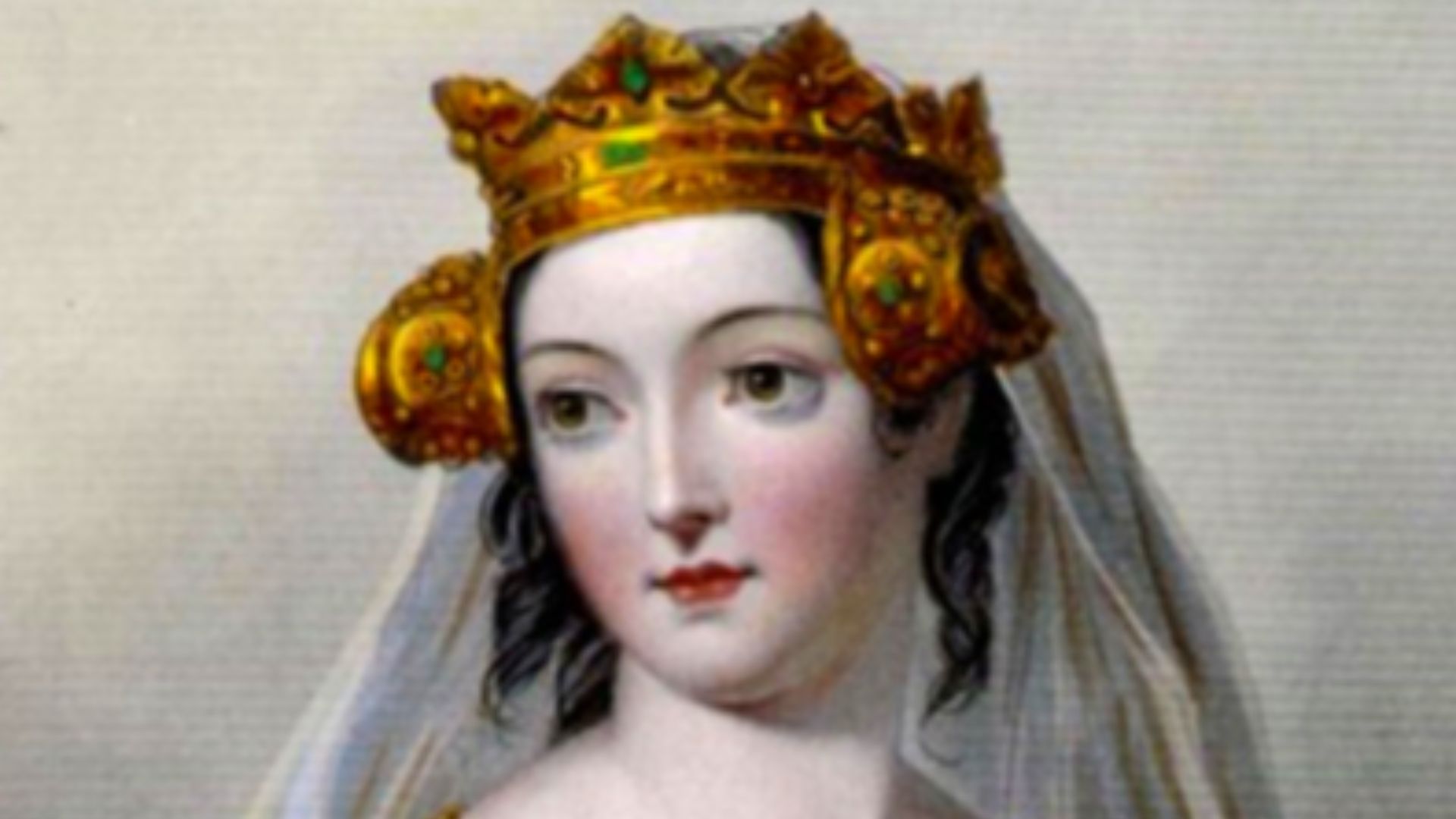 engraved by W. H. Mote (1803-1871) after an illustration by J.W. Wright, Wikimedia Commons
engraved by W. H. Mote (1803-1871) after an illustration by J.W. Wright, Wikimedia Commons
Philippa Of Hainault: A Steady Advisor
After the financial burdens of the Hundred Years’ War, Queen Philippa was instrumental in guiding her husband Edward through England’s economic recovery. Further, while he was away in the 1340s, she helped fend off a Scottish invasion, rallying the English soldiers from horseback.
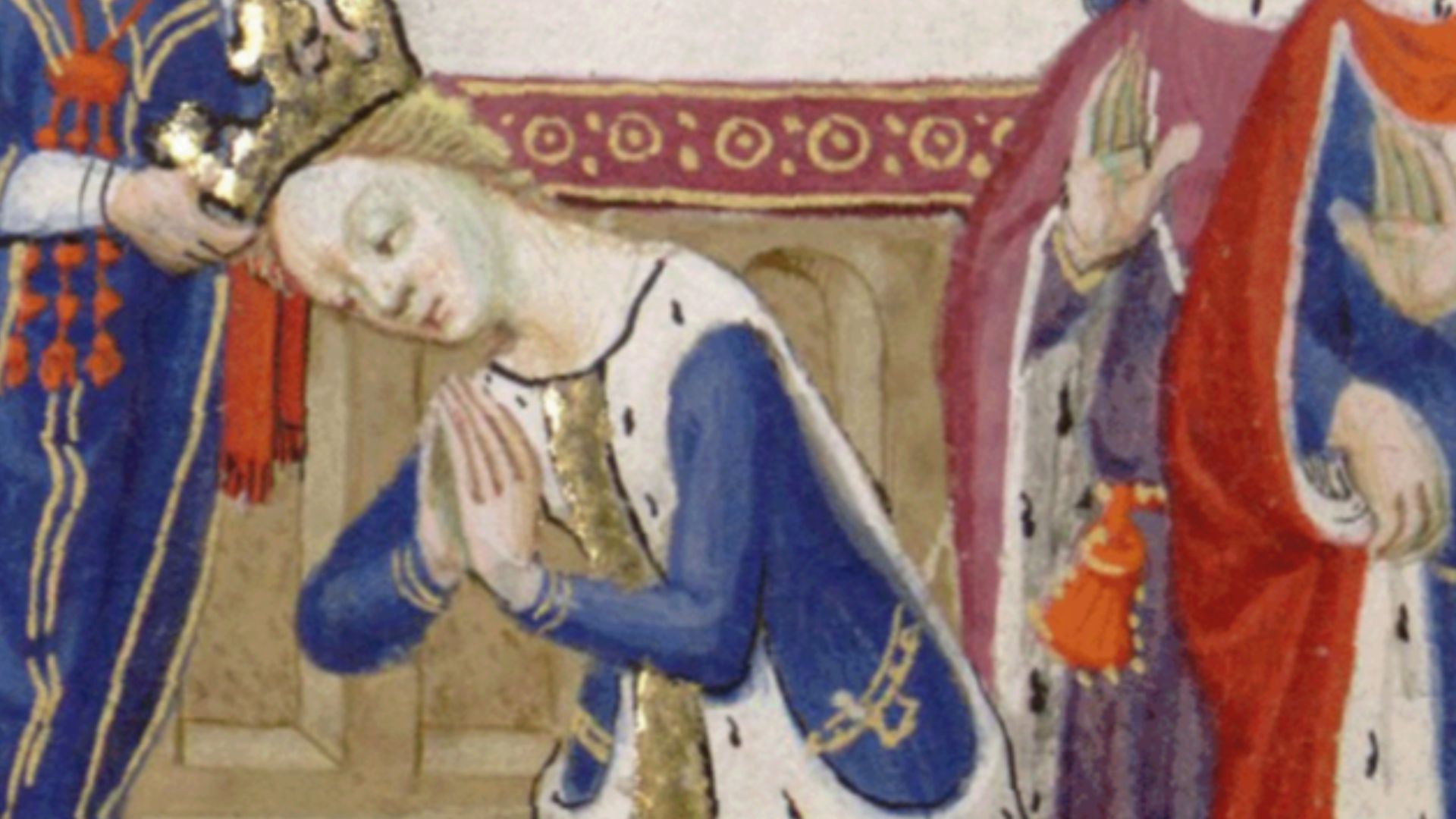 Jean Froissart, Wikimedia Commons
Jean Froissart, Wikimedia Commons
Anne Of Bohemia
Born: May 11, 1366 CE
Reigned: January 20, 1382 – June 7, 1394 CE
Married to: Richard II of England
RIP: June 7, 1394 CE
 Agnes Strickland, Wikimedia Commons
Agnes Strickland, Wikimedia Commons
Anne Of Bohemia: Queen Of The People
Although not well-liked when she first married Richard II, Queen Anne became a favorite of the people. She interceded in some cases, getting pardons for people in an effort to maintain good relations between the monarchy and the people.
Isabella Of Valois
Born: November 9, 1389
Reigned: October 31, 1396 – September 29, 1399 CE
Married to: Richard II of England
RIP: September 13, 1409 CE
 William Henry Mote, Wikimedia Commons
William Henry Mote, Wikimedia Commons
Isabella Of Valois: More Daughter Than Wife
Richard II’s second wife was a shocking six years old when negotiations for their marriage began. Despite the 22-year age difference, the two became close, with Richard treating his Queen more like a daughter than a wife.
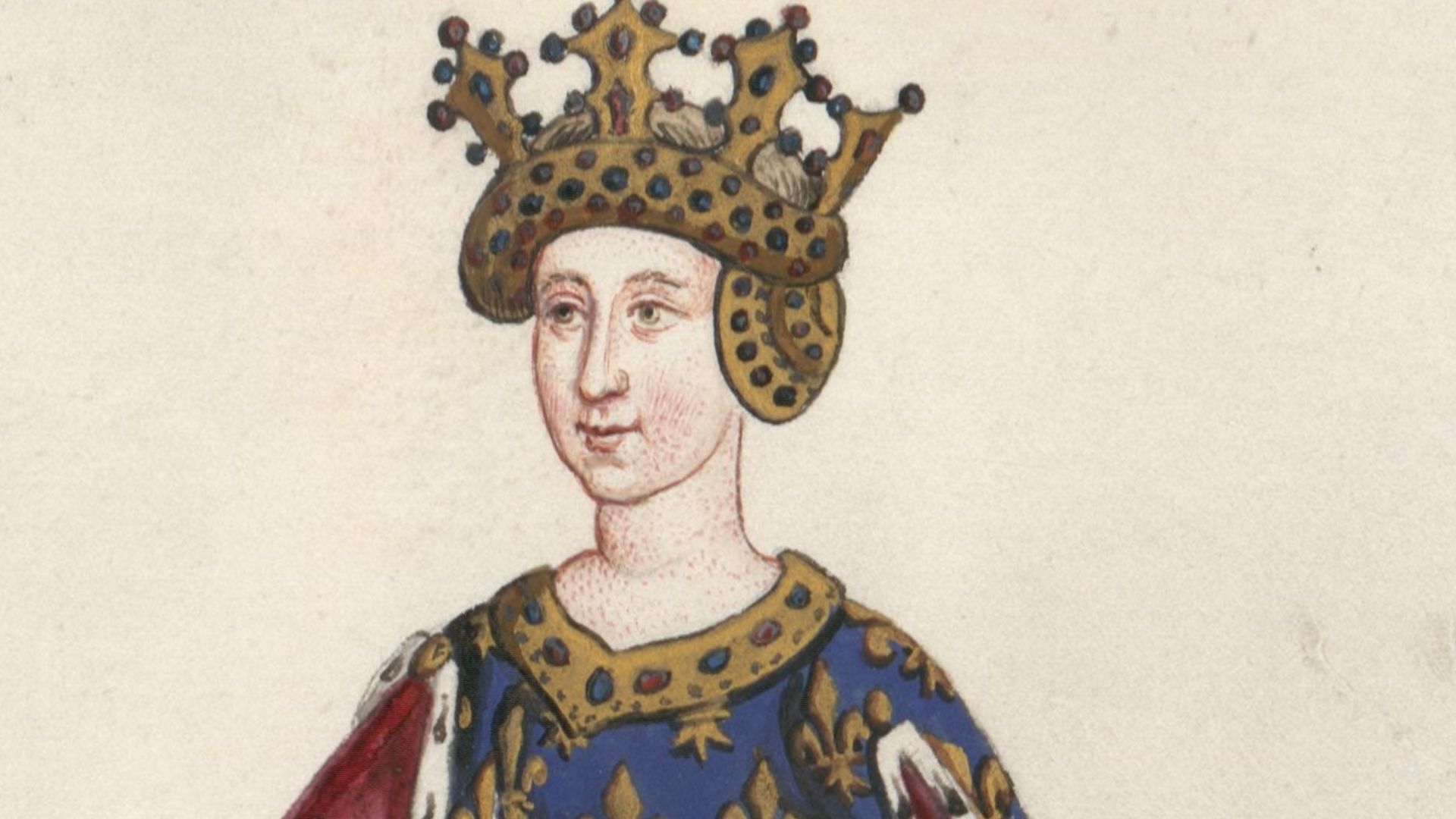 AnonymousUnknown author, Wikimedia Commons
AnonymousUnknown author, Wikimedia Commons
Catherine Of Valois
Born: October 27, 1420 CE
Reigned: June 2, 1420 – August 31, 1422 CE
Married to: Henry V of England
RIP: January 3, 1437 CE
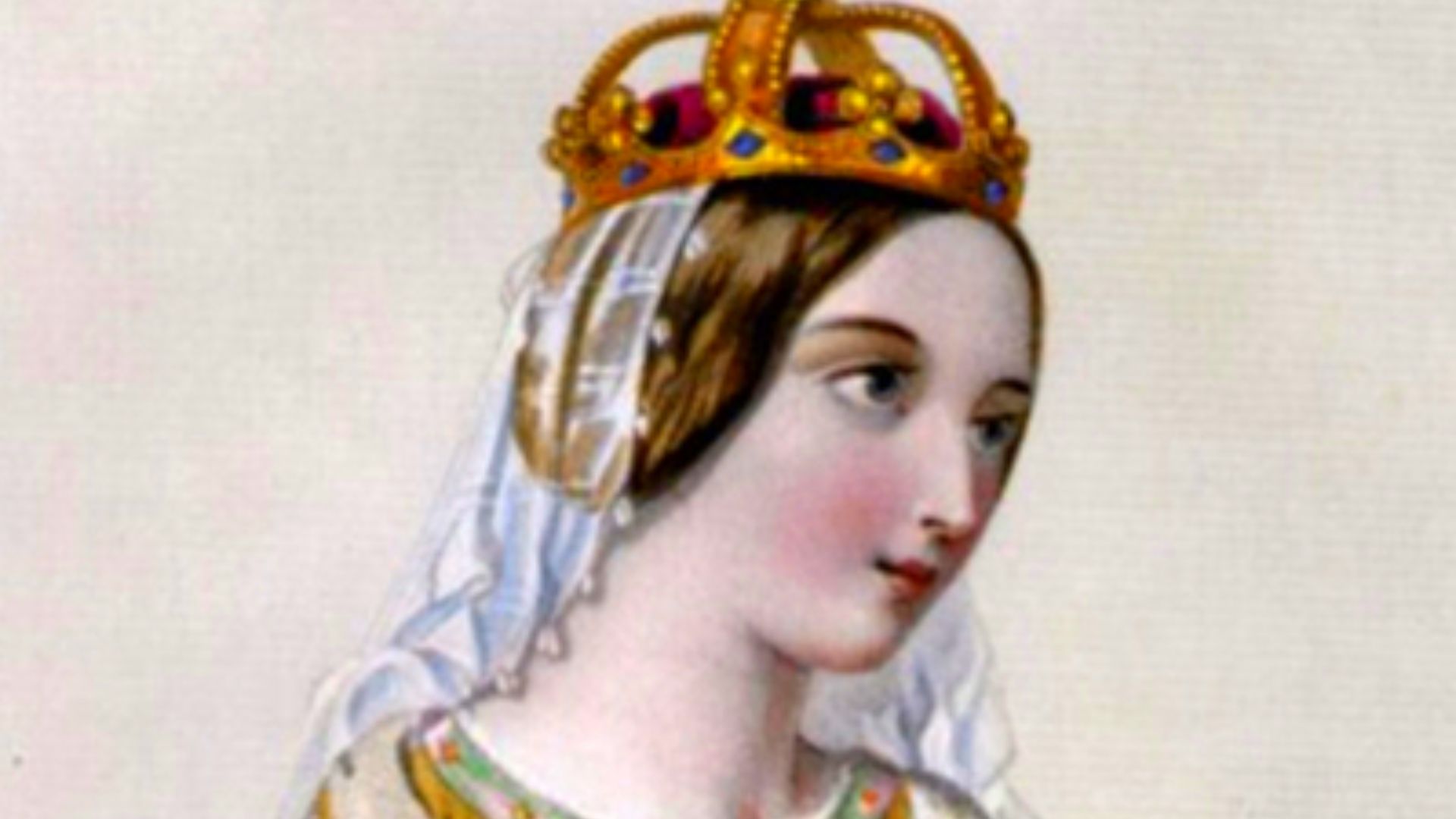 engraved by W. H. Mote (1803-1871) after an illustration by J.W. Wright, Wikimedia Commons
engraved by W. H. Mote (1803-1871) after an illustration by J.W. Wright, Wikimedia Commons
Catherine Of Valois: Kissing The Queen!?
Long after Queen Catherine died, an accident during the moving of her tomb resulted in the coffin lid being raised. The open coffin became something of a tourist attraction, with famous writer of the 17th Century Samuel Pepys noting that he kissed the Queen on the lips on his 36th birthday.
 Unknown authorUnknown author / Silvester Harding, published by E. & S. Harding, Wikimedia Commons
Unknown authorUnknown author / Silvester Harding, published by E. & S. Harding, Wikimedia Commons
Lady Jane Grey
Born: 1536 or 1537 CE
Reigned: July 10, 1553 – July 19, 1553
Married to: Lord Guildford Dudley
RIP: February 2, 1554 CE
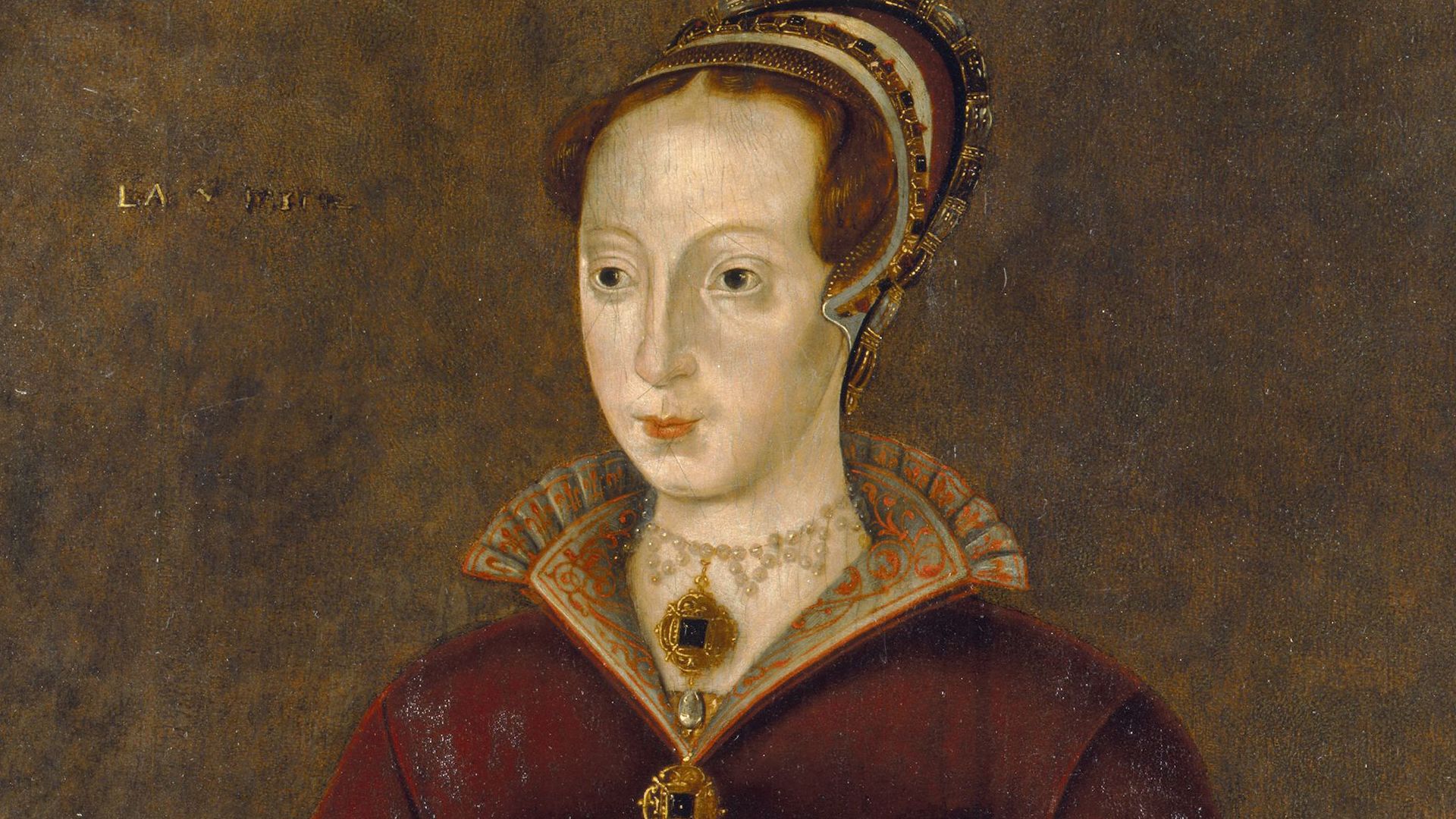 Unidentified painter, Wikimedia Commons
Unidentified painter, Wikimedia Commons
Lady Jane Grey
Lady Jane Grey is known as the "Nine Days' Queen", for that is exactly how long she reigned, and it was a tumultuous nine days. King Henry VI’s son, Edward, was always sickly. He passed with no heirs. His advisors manipulated him and Jane both to ensure that Jane took the crown, giving them power in return. It only took Mary, Edward’s sister and the “rightful heir”, nine days to depose Jane and take off her head.
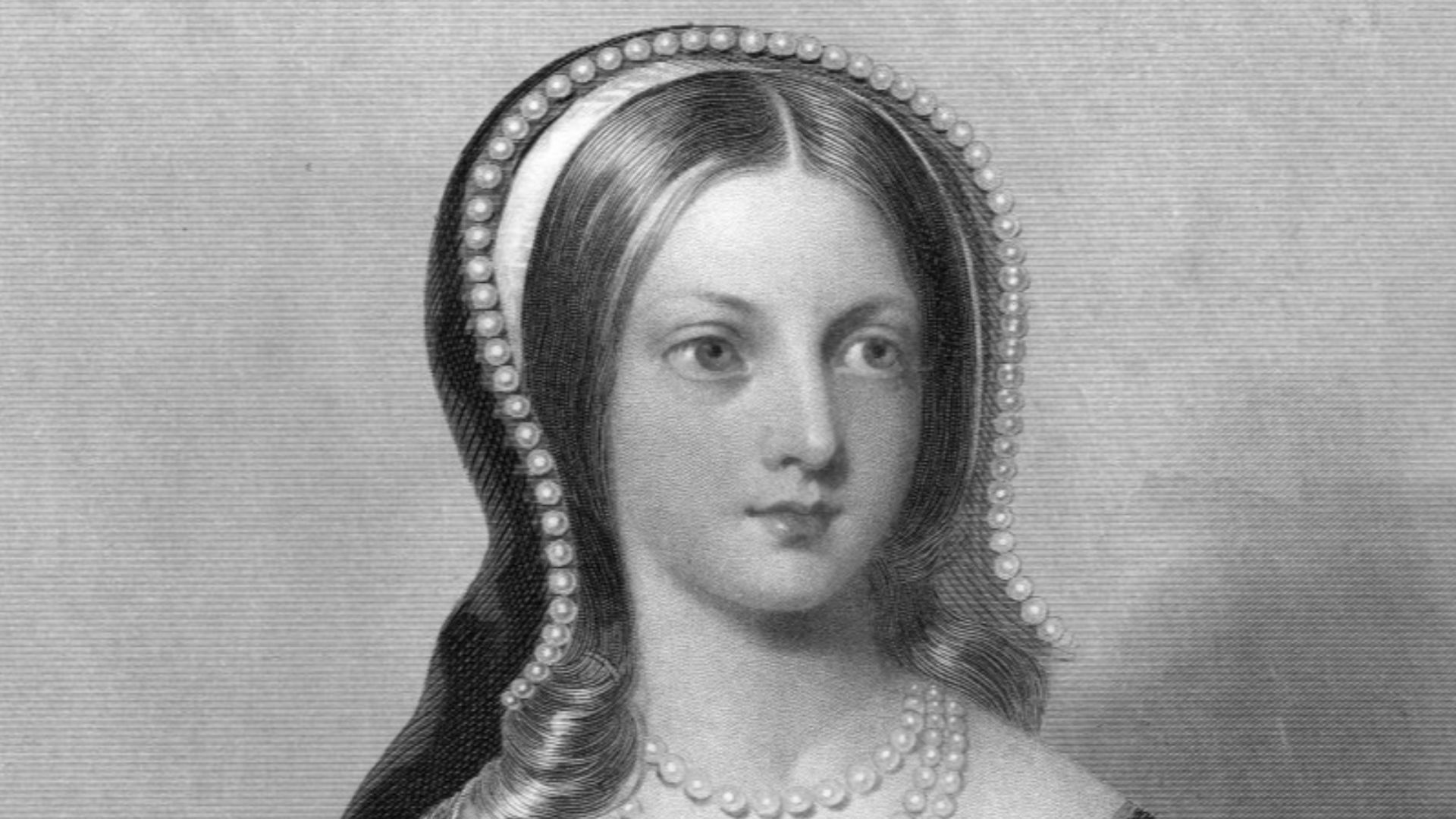 W Holl 1753, Wikimedia Commons
W Holl 1753, Wikimedia Commons
Anne Of Denmark
Born: December 12, 1574
Reigned: March 24, 1603 – March 2, 1619 CE
Married to: James VI and I
RIP: March 2, 1619 CE
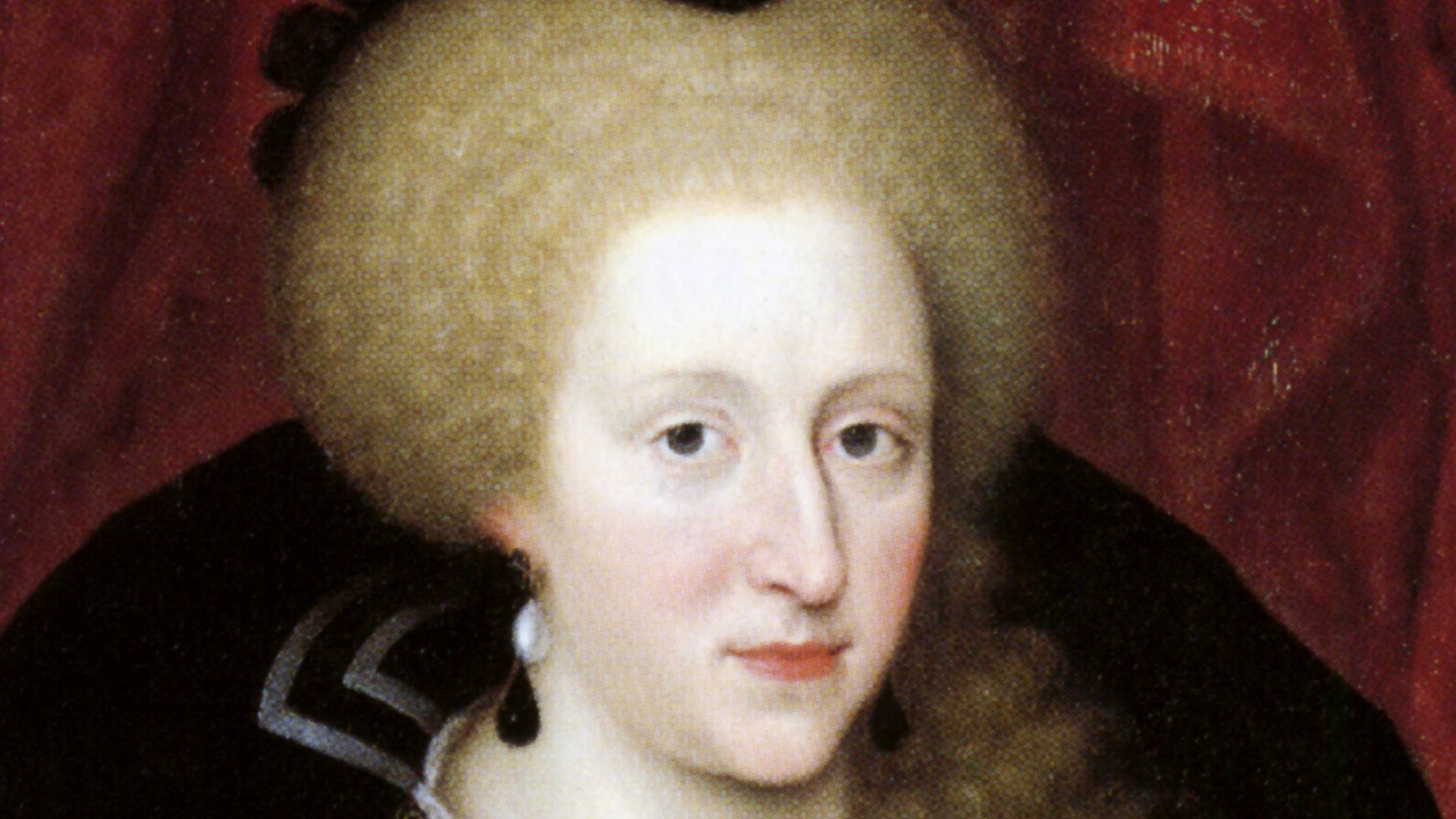 Attributed to Marcus Gheeraerts the Younger, Wikimedia Commons
Attributed to Marcus Gheeraerts the Younger, Wikimedia Commons
Anne Of Denmark: The Play’s The Thing
Queen Anne of Denmark loved the theater and spent vast amounts of money on staging plays in London. She is famous for having had women perform in her productions, something not often done prior. She is considered an important figure in the history of women in theater.
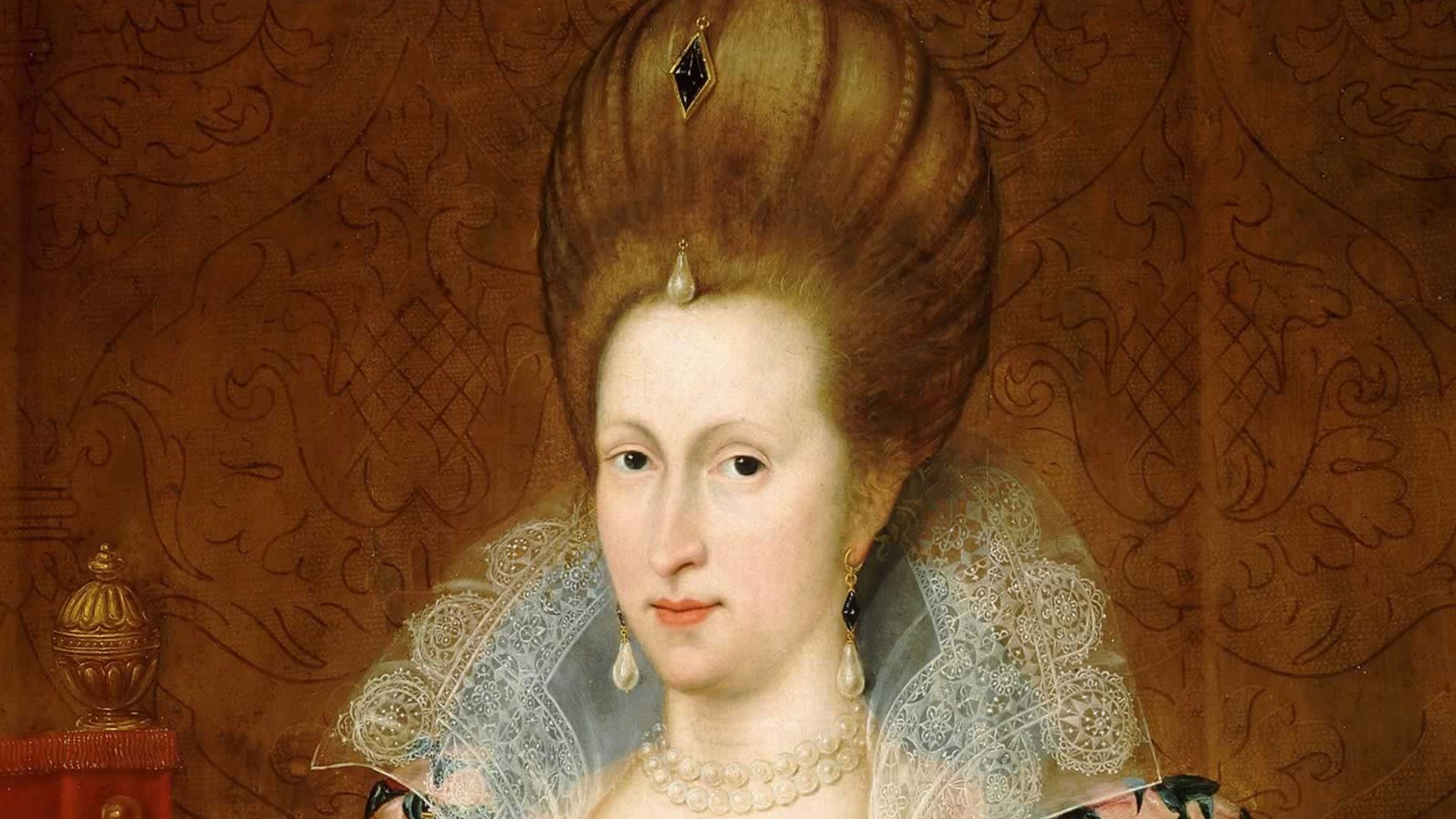 John de Critz, Wikimedia Commons
John de Critz, Wikimedia Commons
Henrietta Maria Of France
Born: November 25, 1609
Reigned: June 13, 1625 – January 30, 1649 CE
Married to: Charles I of England
RIP: September 10, 1669 CE
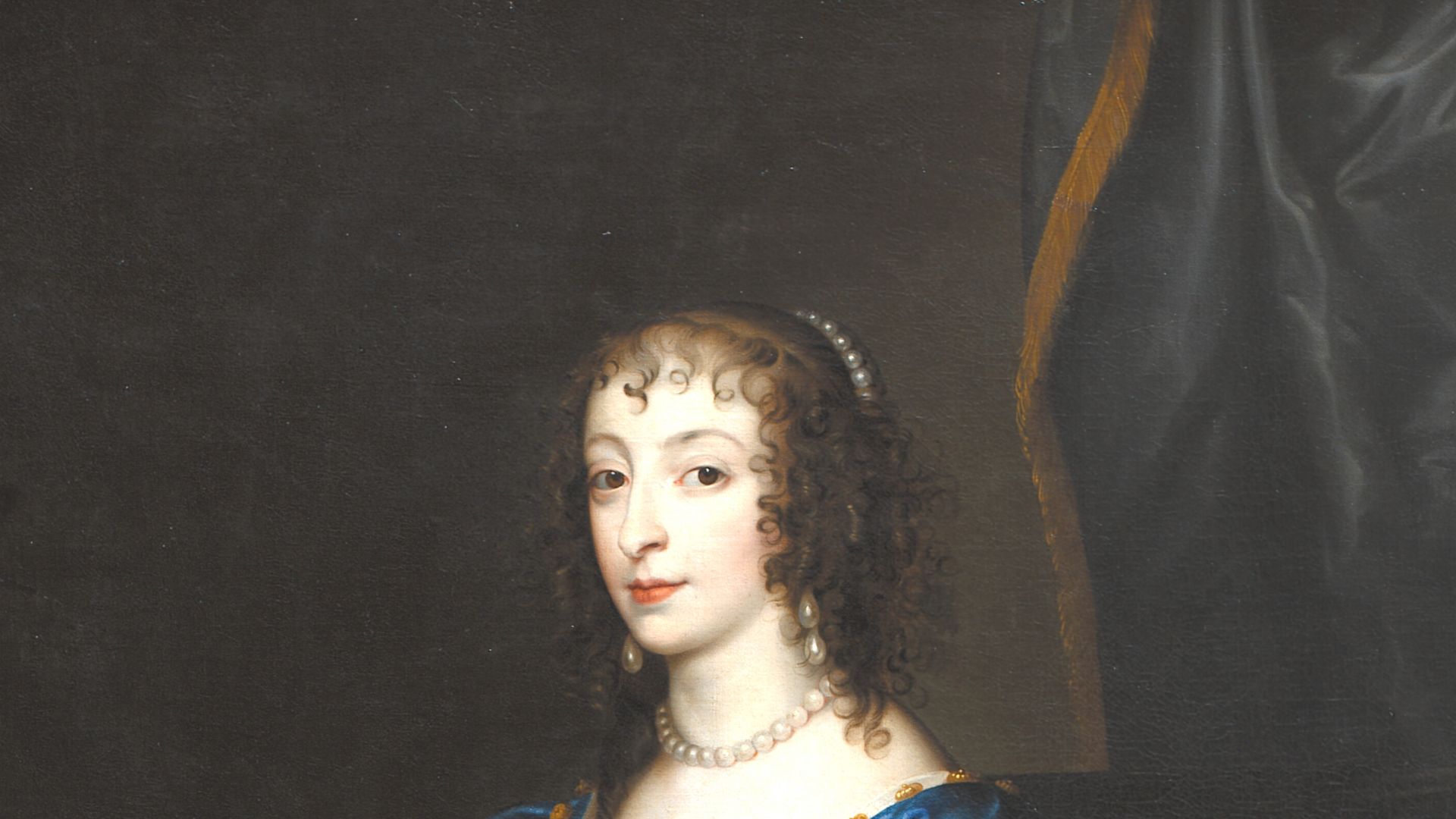 Workshop of Anthony van Dyck, Wikimedia Commons
Workshop of Anthony van Dyck, Wikimedia Commons
Henrietta Maria Of France: The Collector
One area of commonality between Henrietta and Charles I was their love of visual art. The two were well-known as collectors of paintings, and Henrietta was patron to a number of artists. One of the Queen’s favored painters did huge works on the ceilings of the Queen’s House in Greenwich.
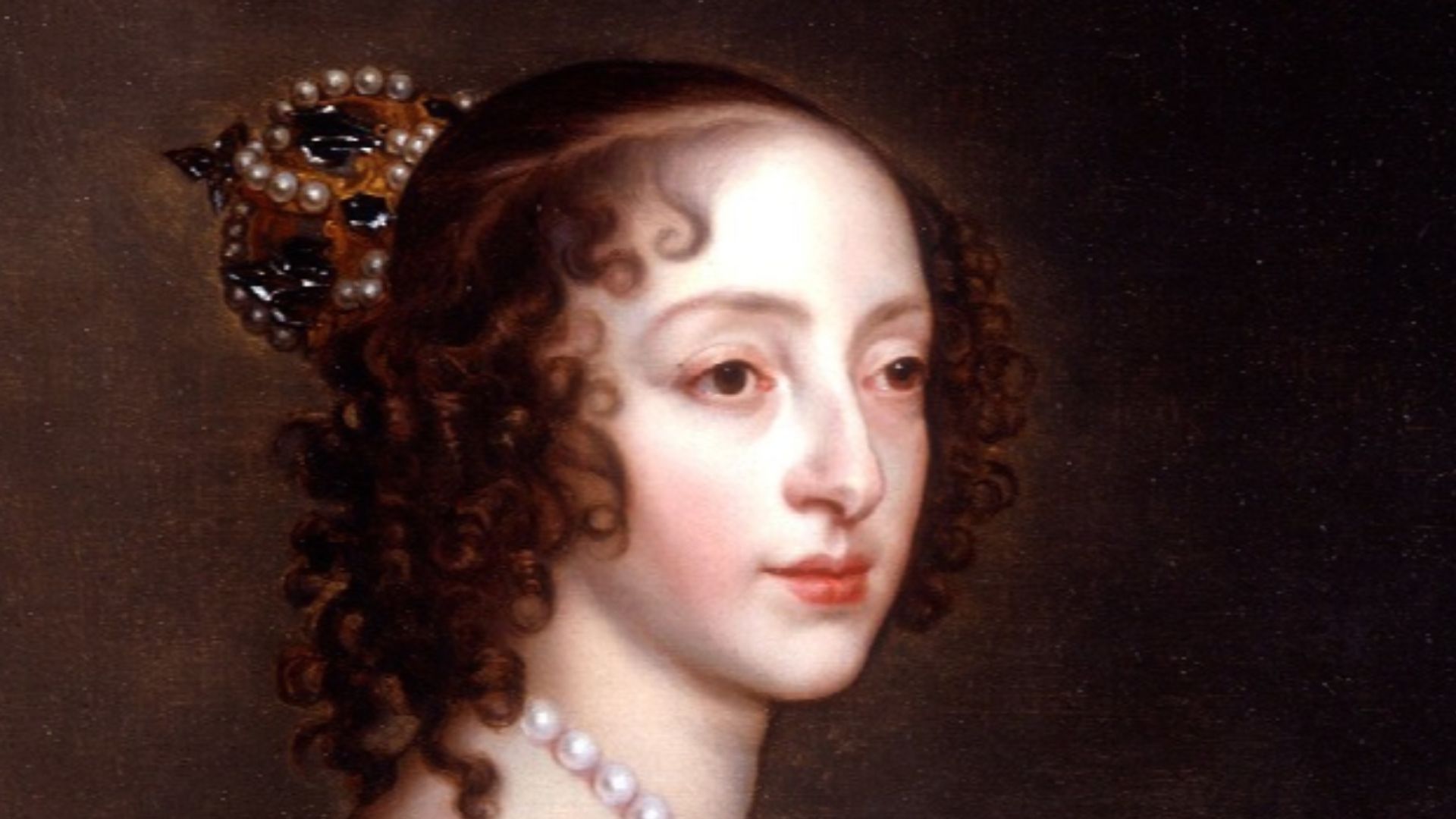 Ann Longmore-Etheridge, Wikimedia Commons
Ann Longmore-Etheridge, Wikimedia Commons
Mary Of Modena
Born: October 5, 1658 CE
Reigned: February 6, 1685 – December 11, 1688 CE
Married to: James II of England
RIP: May 7, 1718 CE
Mary Of Modena: A Victim Of The Rumor Mill
Mary of Modena is, sadly, most remembered for being one of the earliest recorded victims of fake news. When her Catholic son was born as heir to the throne, Protestants began a rumor that the child was not the King’s, and had in fact been smuggled into the Queen’s bed during the birth process.
 Simon Pietersz Verelst, Wikimedia Commons
Simon Pietersz Verelst, Wikimedia Commons
Queens On The Throne
Queens haven’t always taken the back seat. Elizabeth I, Victoria I, and Elizabeth II all showed that a queen could be as successful and beloved a ruler as a king, perhaps even more so. And what does the future hold? Only the royals know for sure.
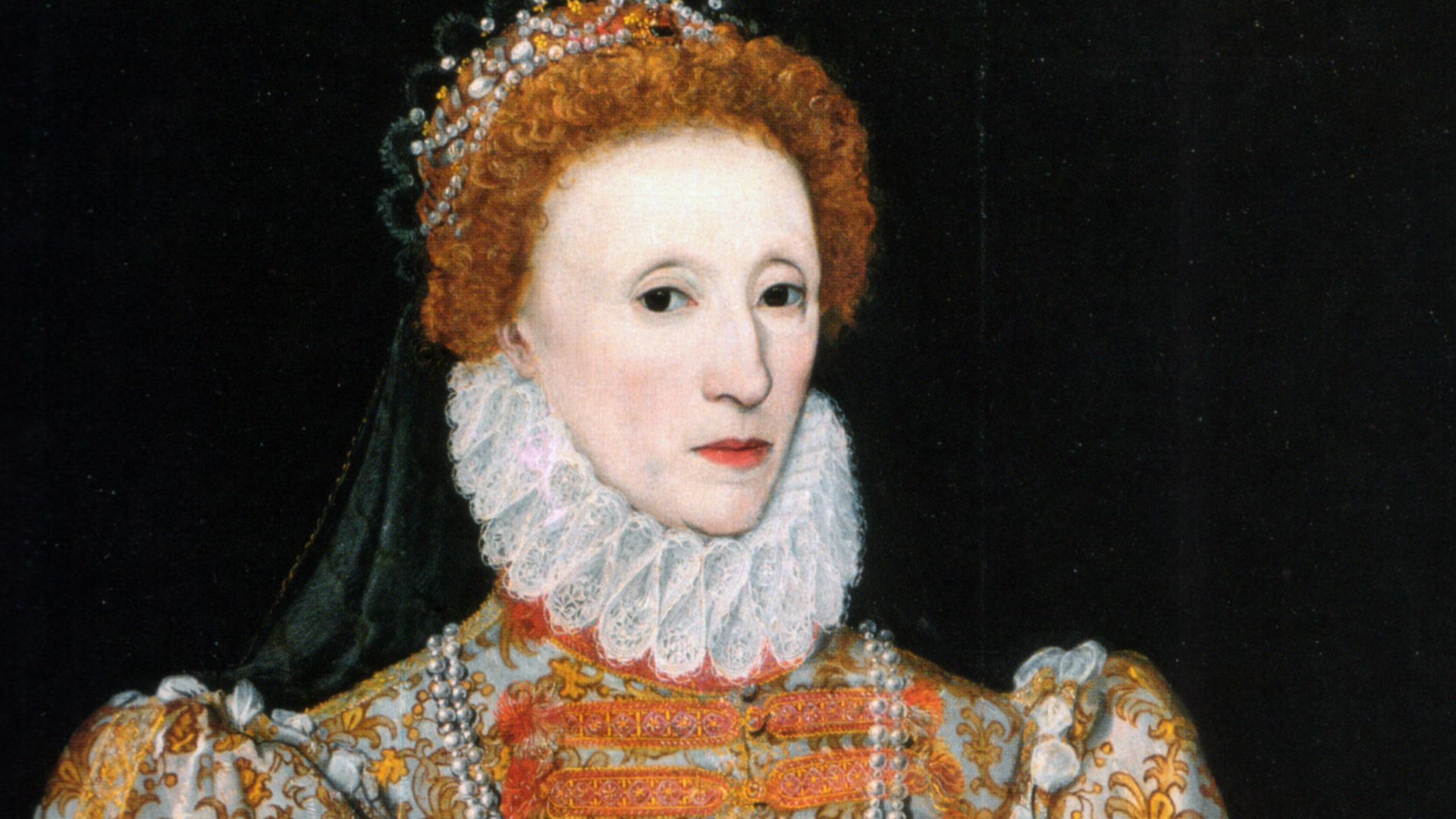 Unknown, perhaps Federico Zuccaro (see Sir Roy Strong, The English Icon, 1969), Wikimedia Commons
Unknown, perhaps Federico Zuccaro (see Sir Roy Strong, The English Icon, 1969), Wikimedia Commons
You May Also Like:
English Kings You've Never Heard Of
The Fake News Scandal That Brought Down A King
The Twisted Story Of Henrietta Maria, The Fugitive Queen
Sources: 1, 2, 3, 4, 5, 6, 7, 8, 9, 10, 11, 12, 13, 14, 15, 16, 17, 18, 19, 20

